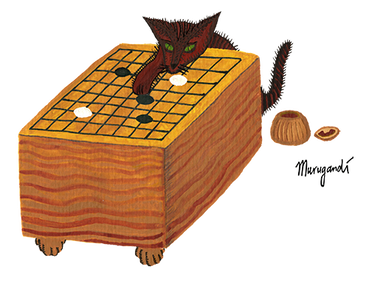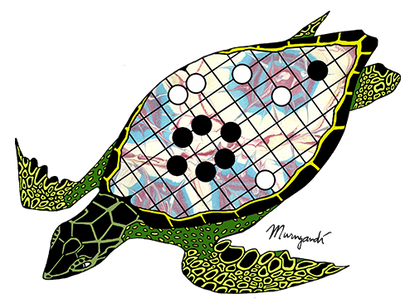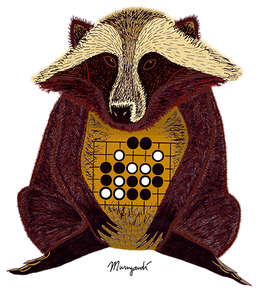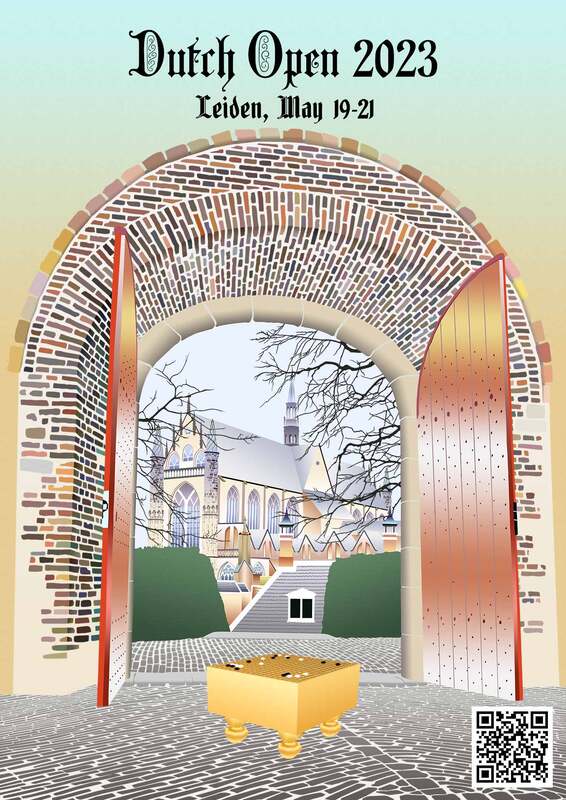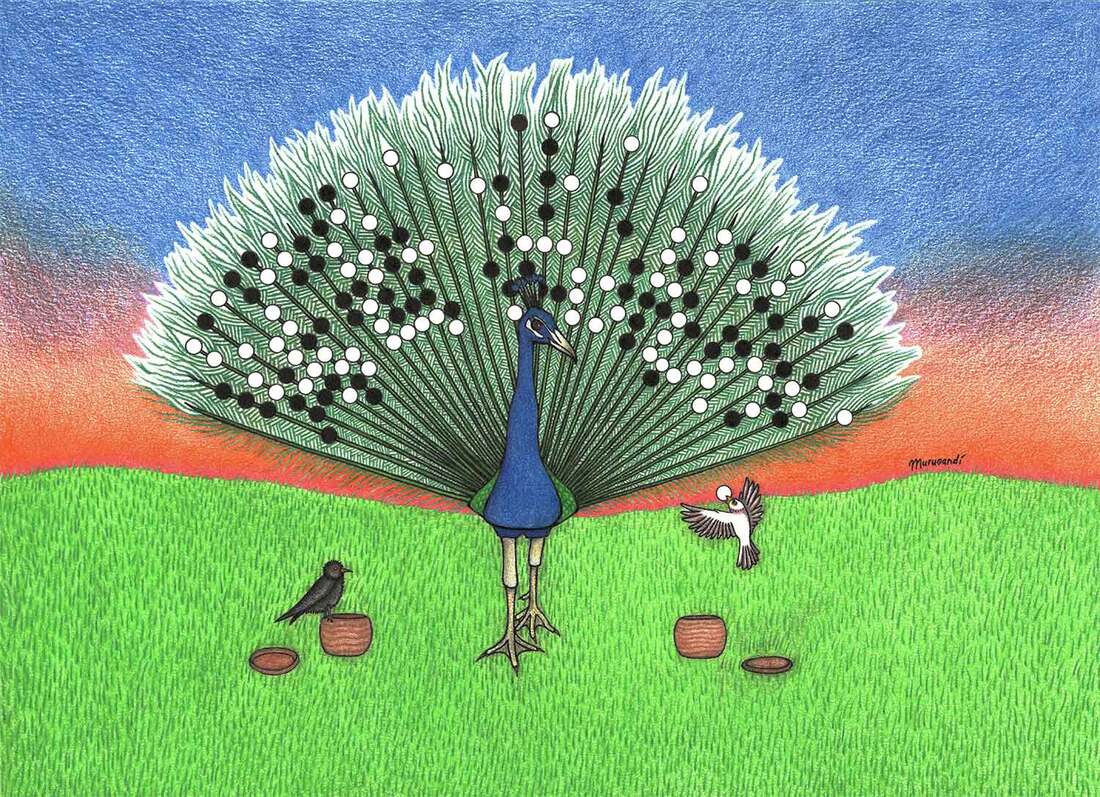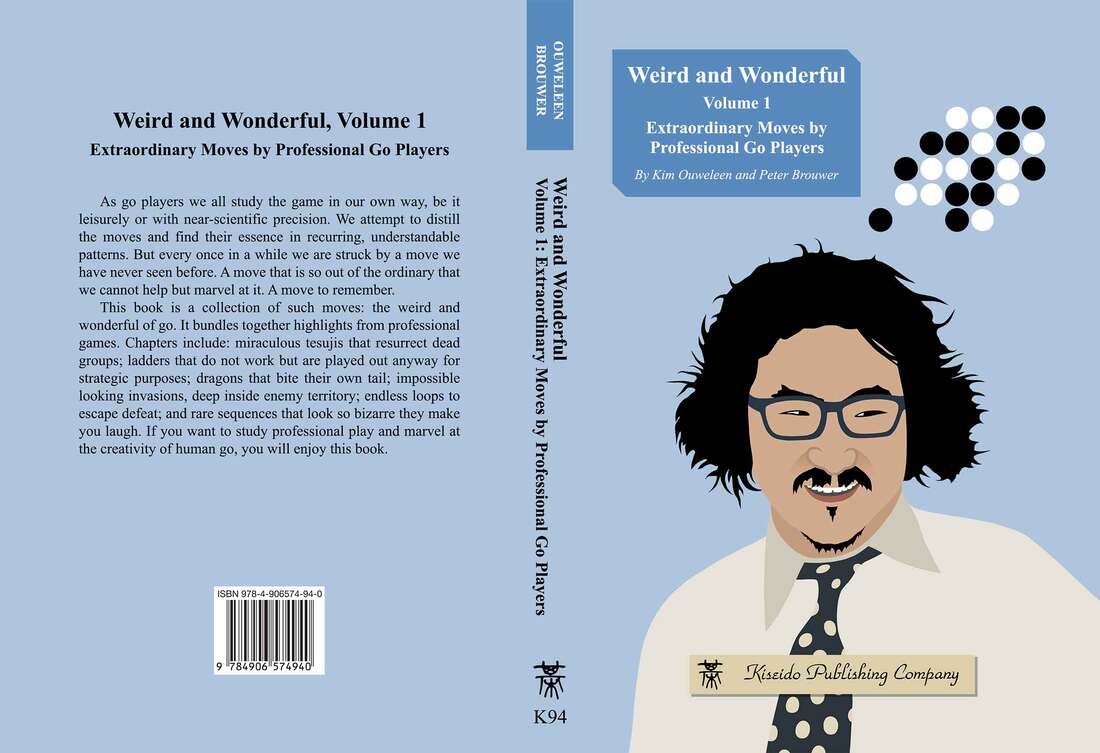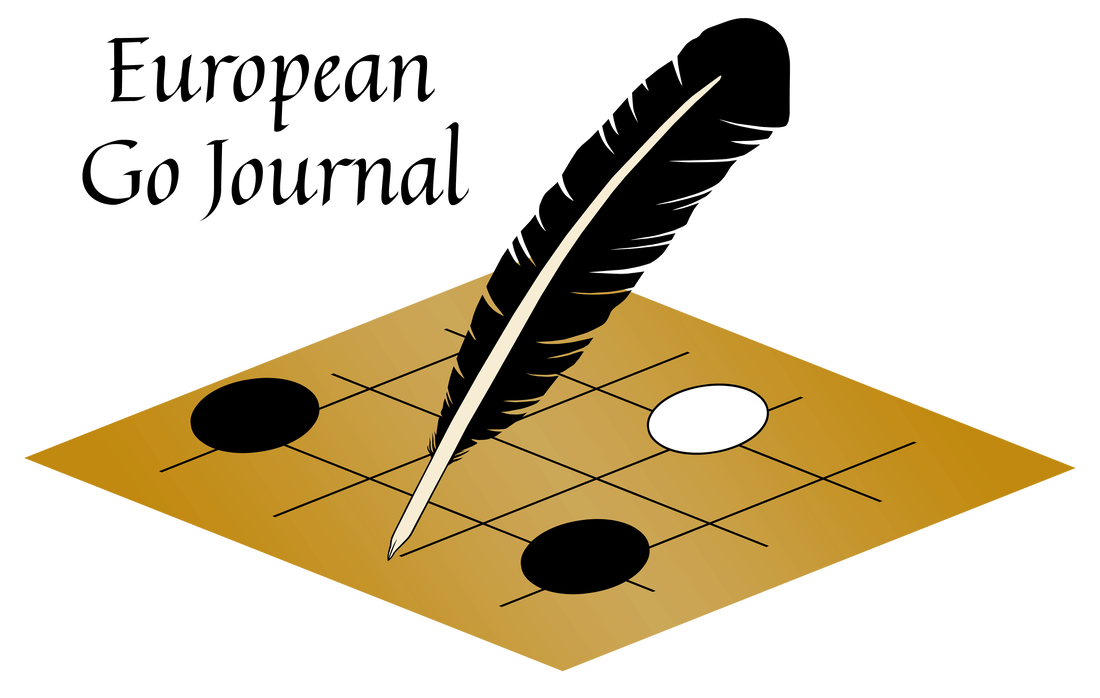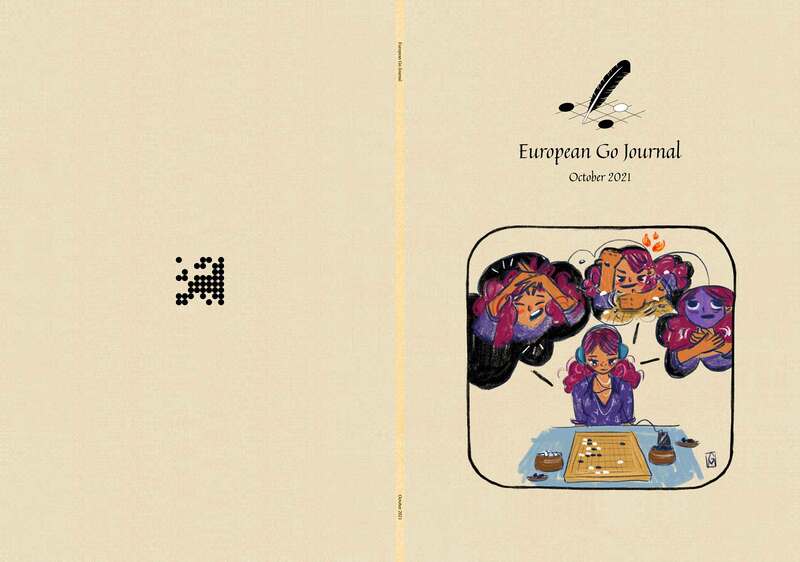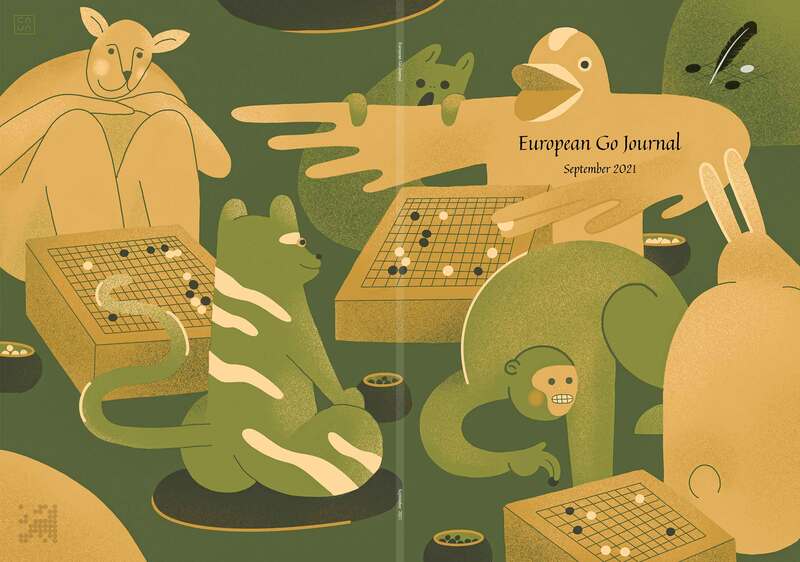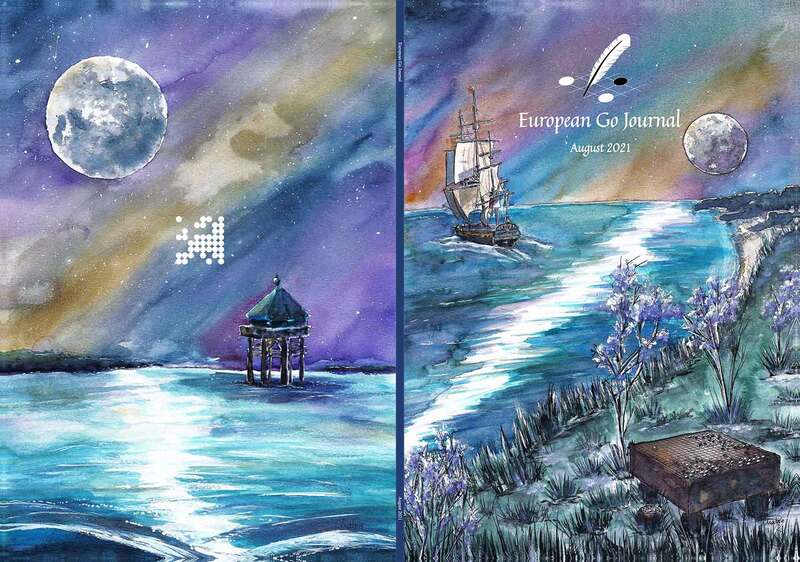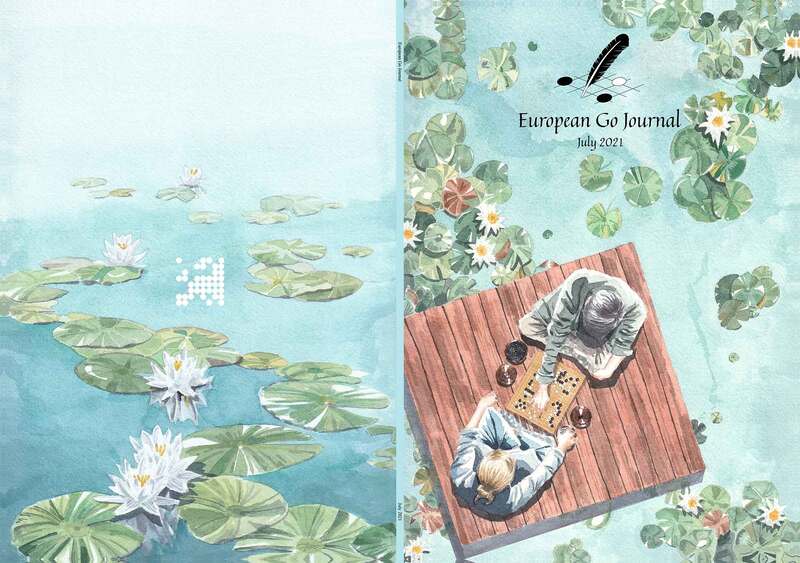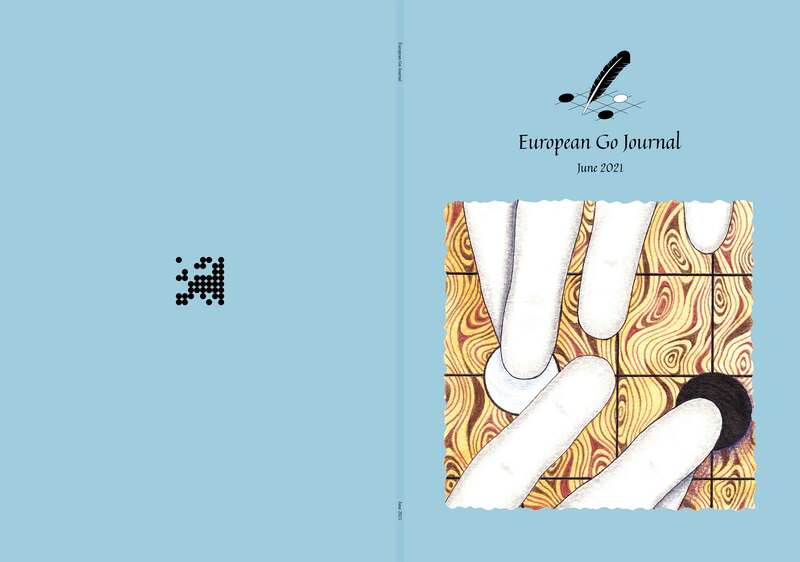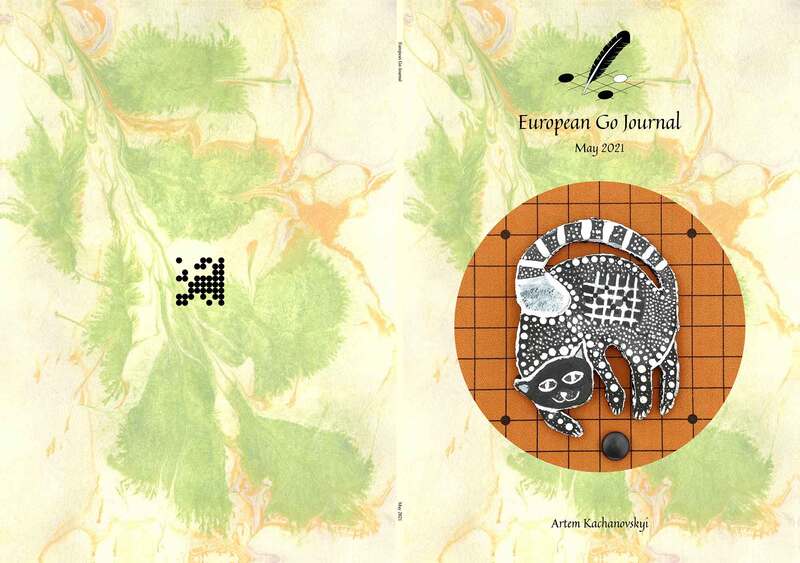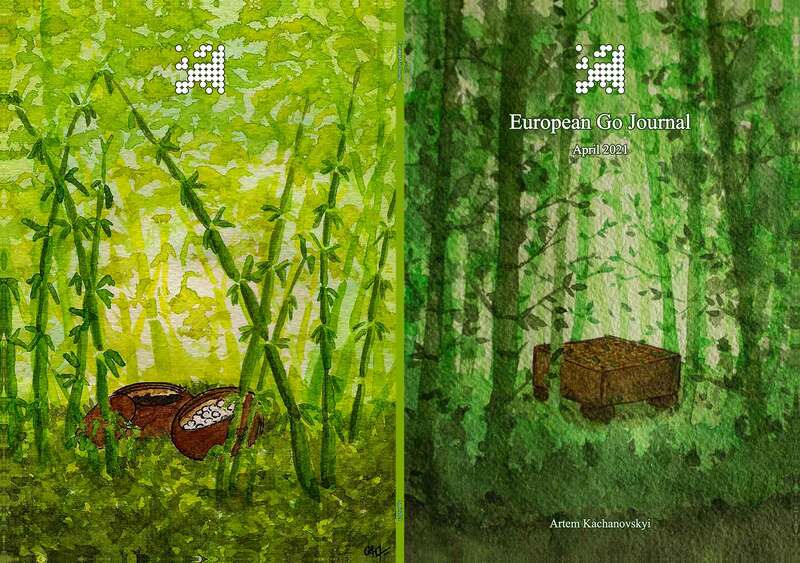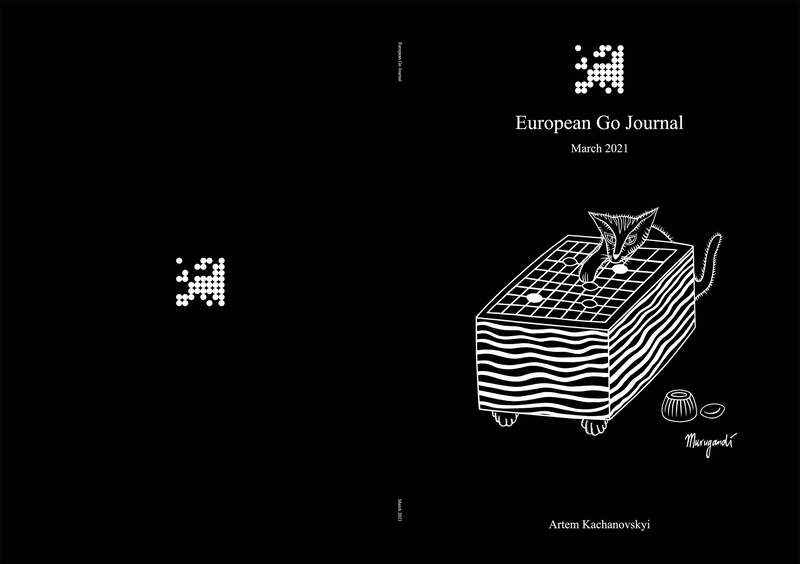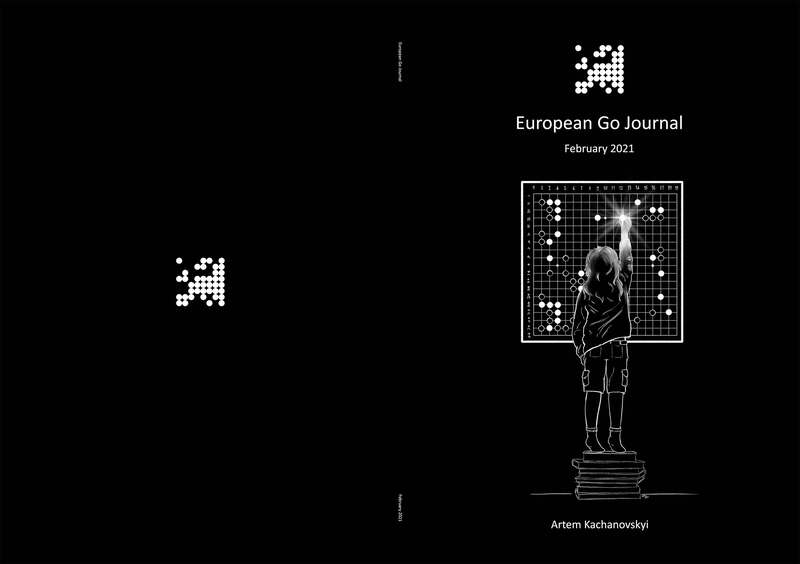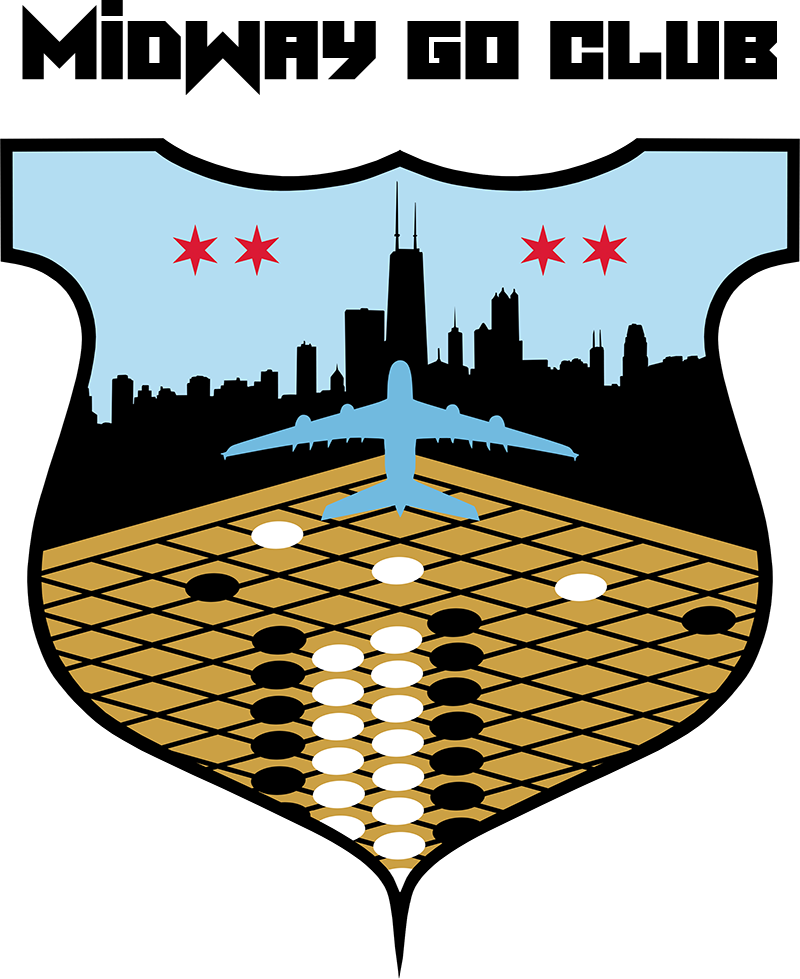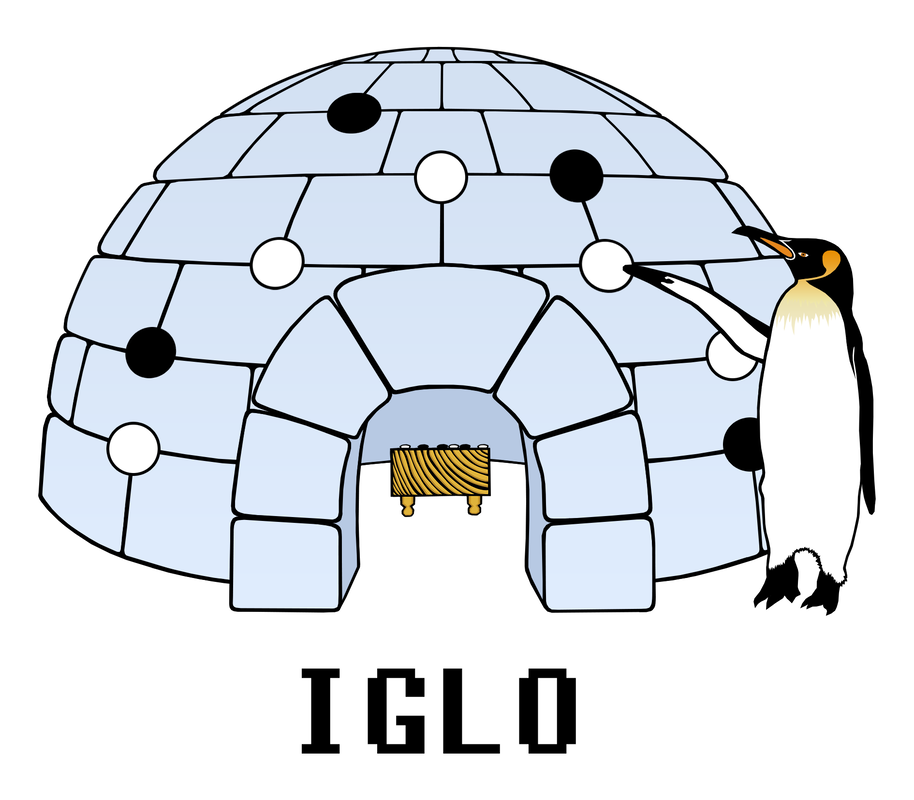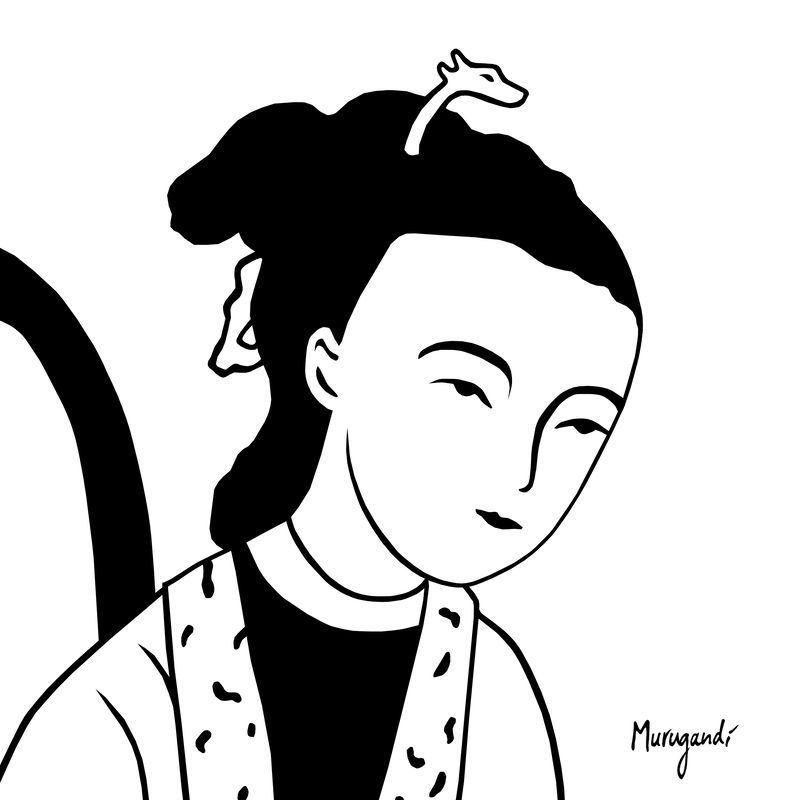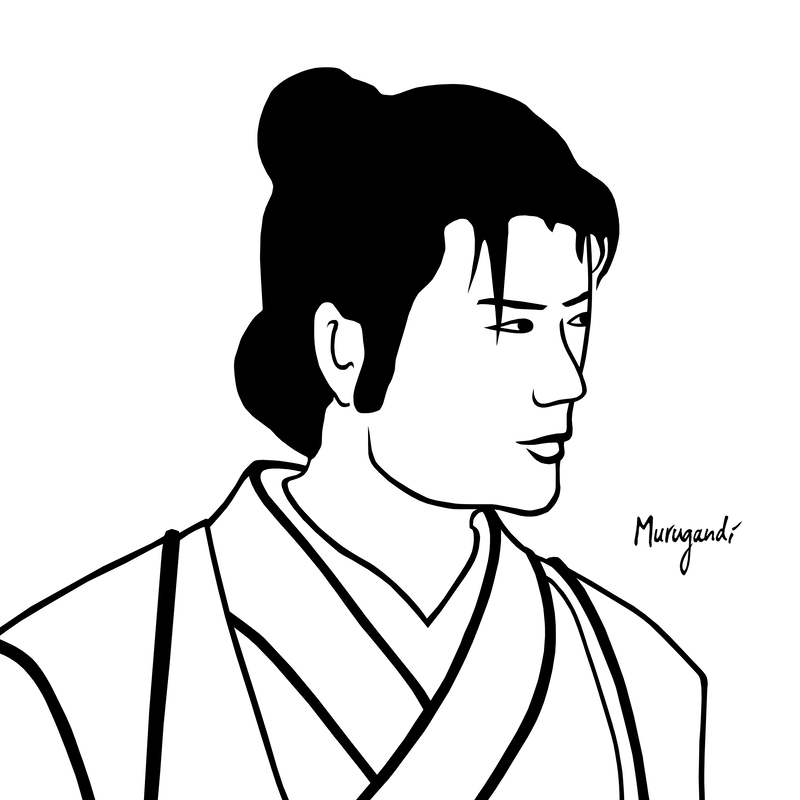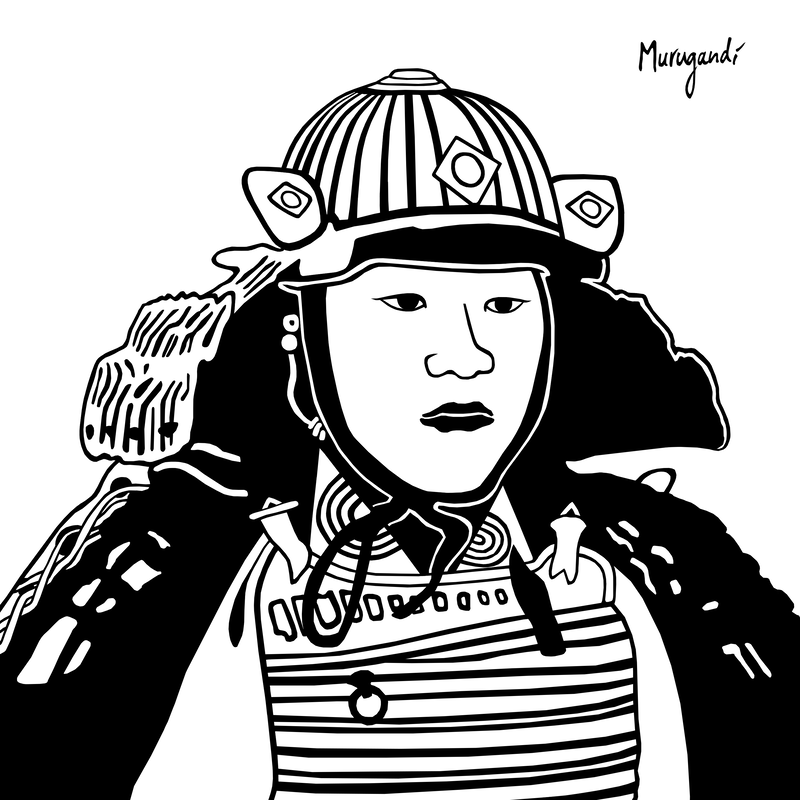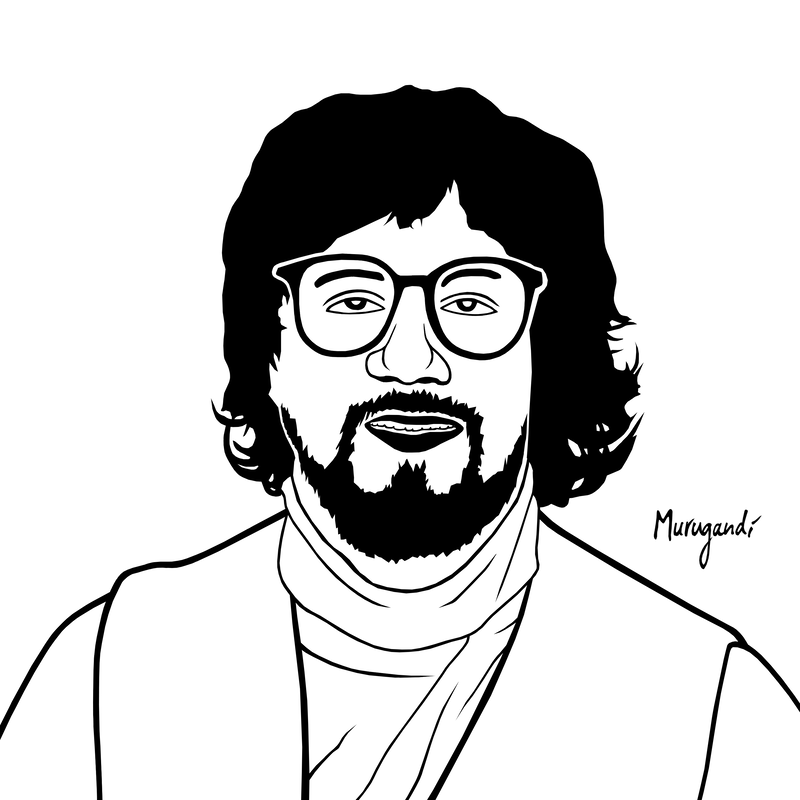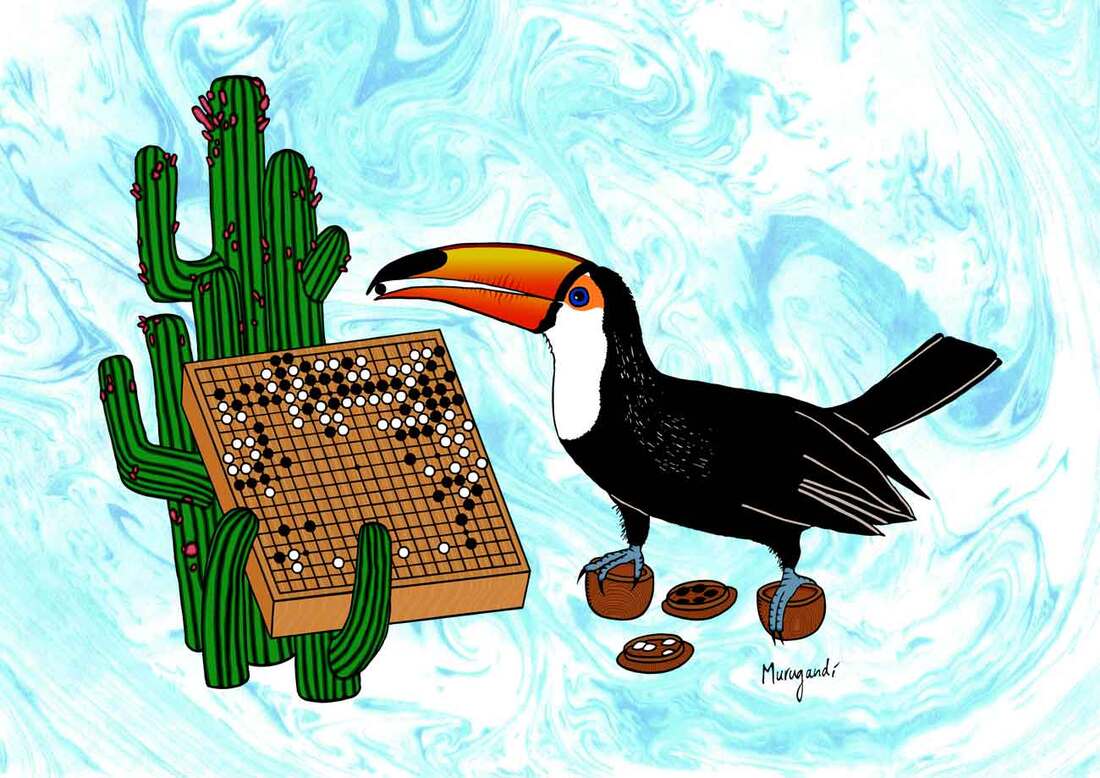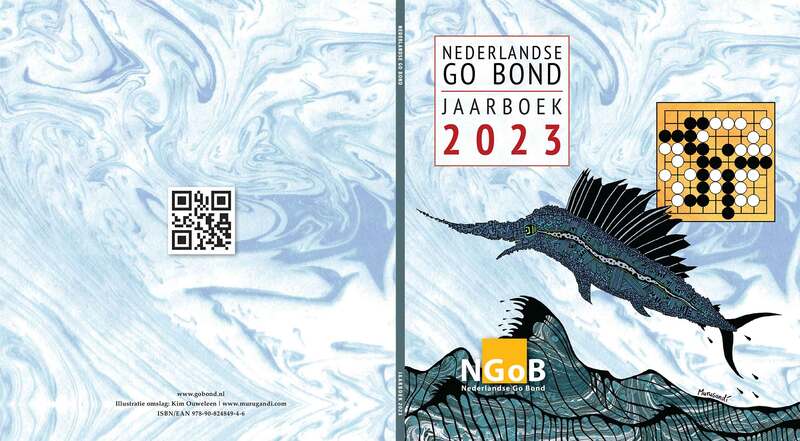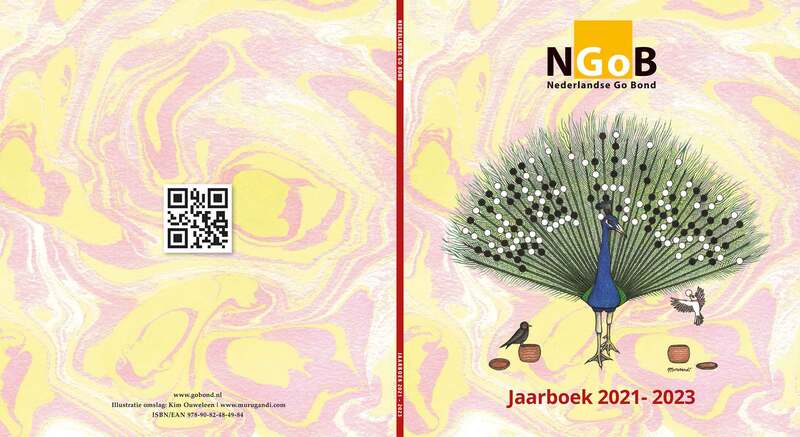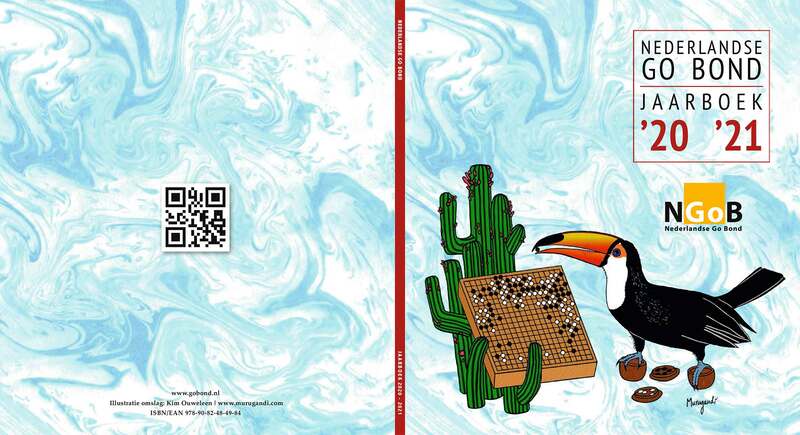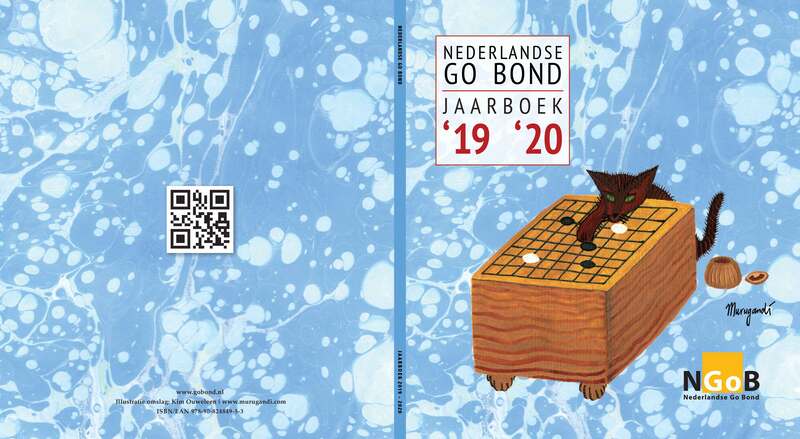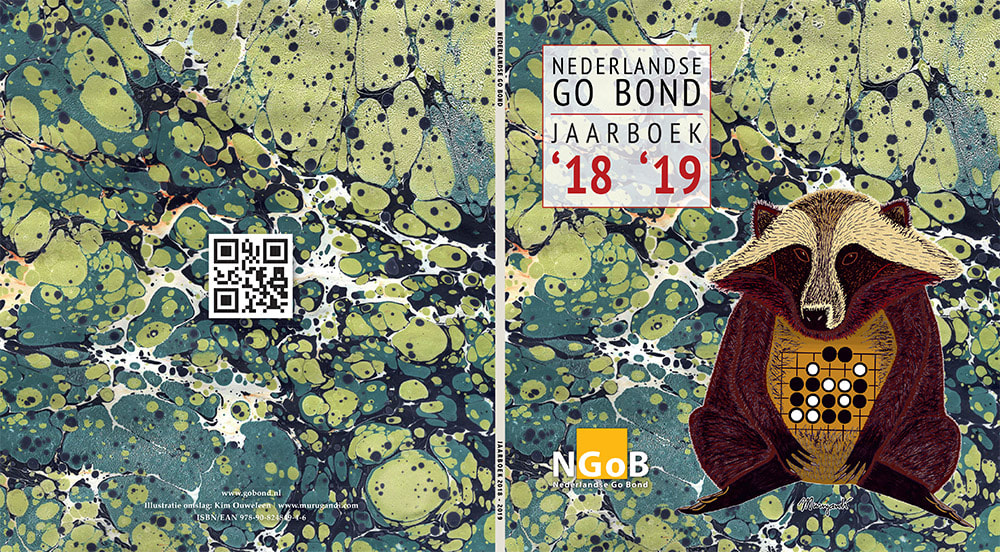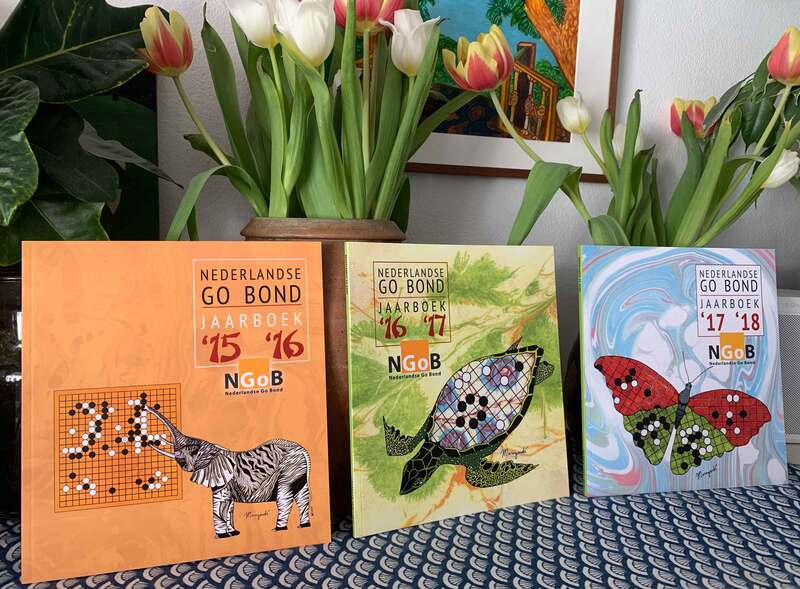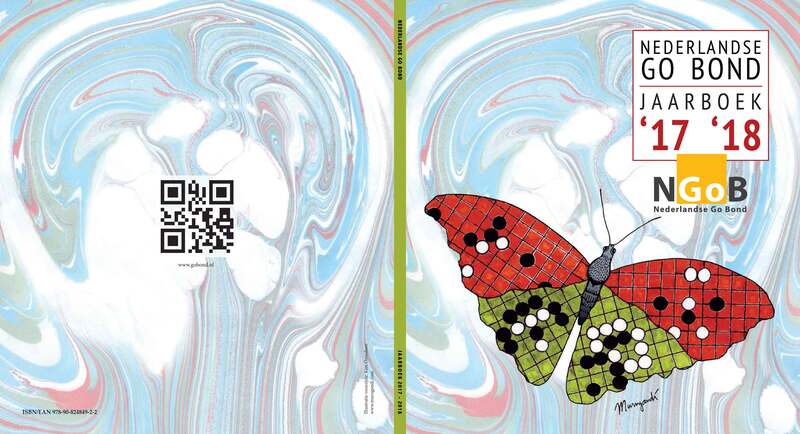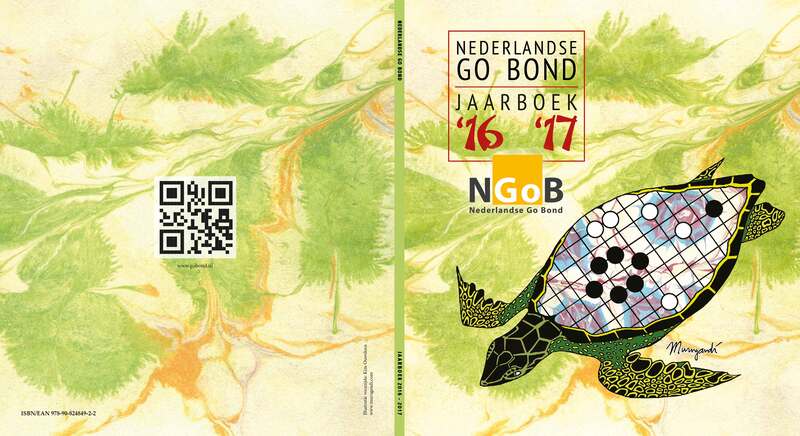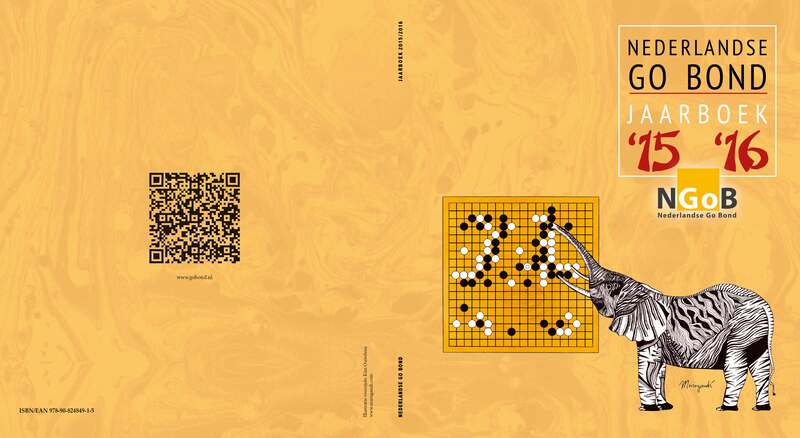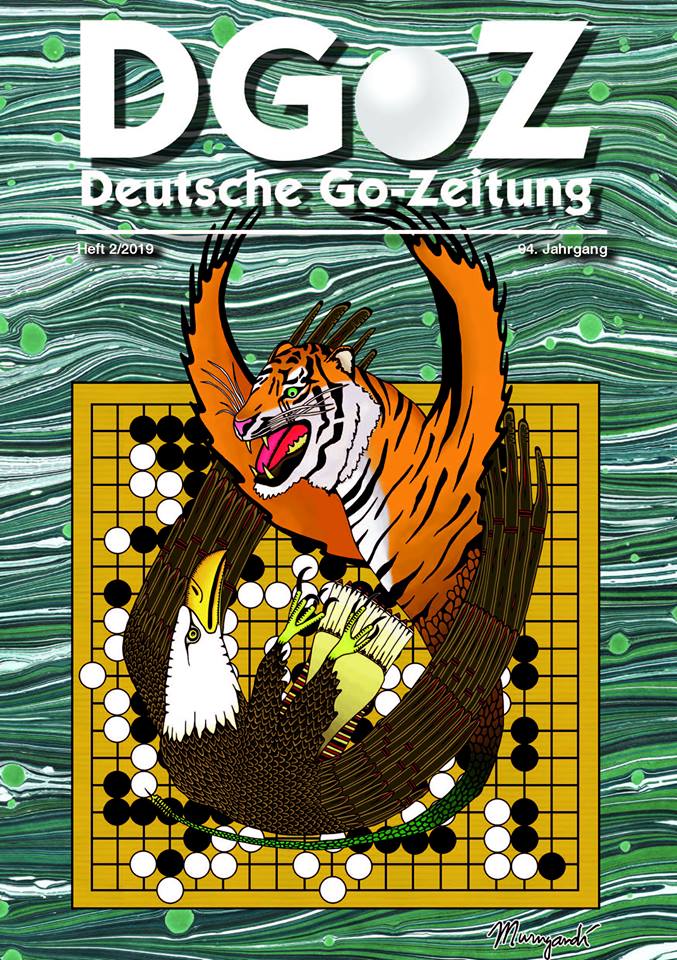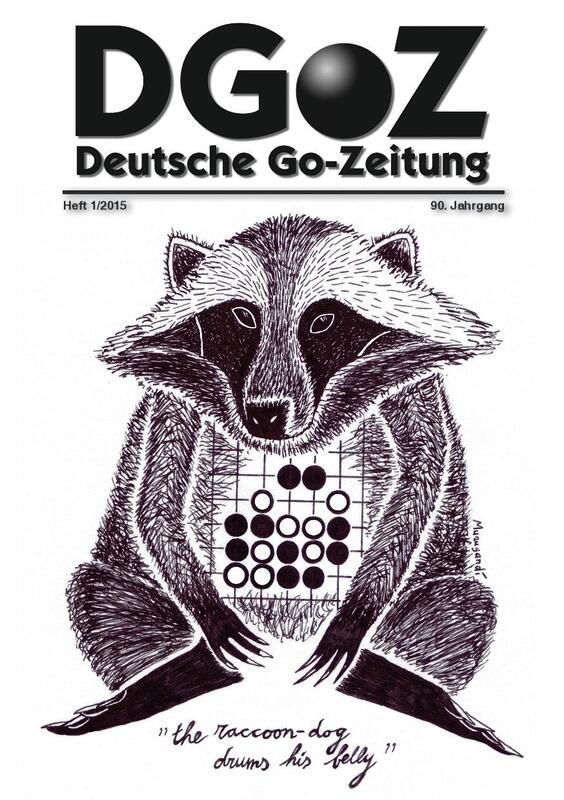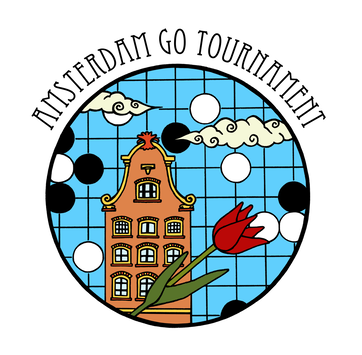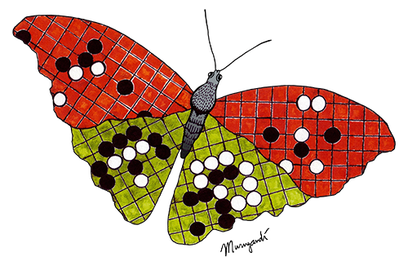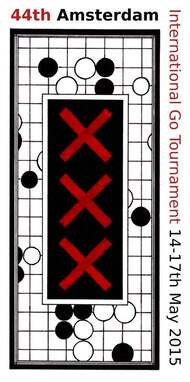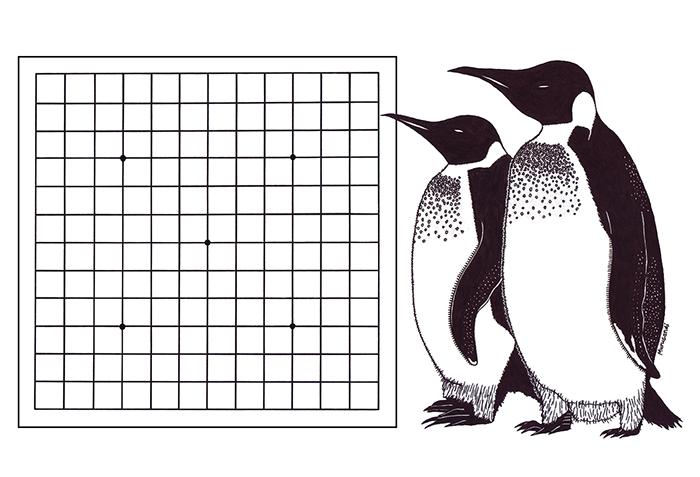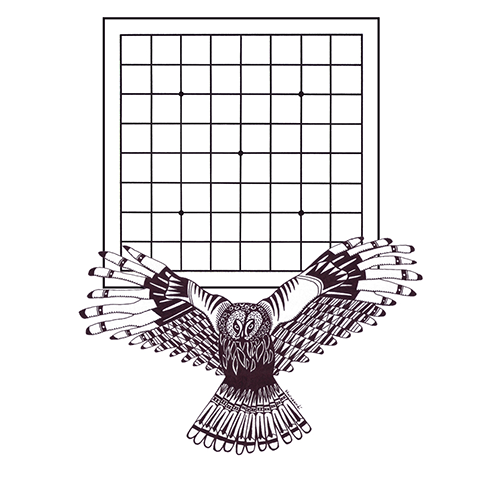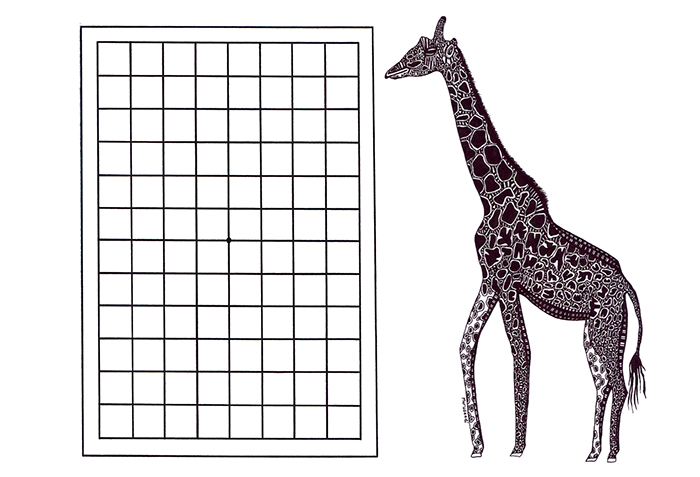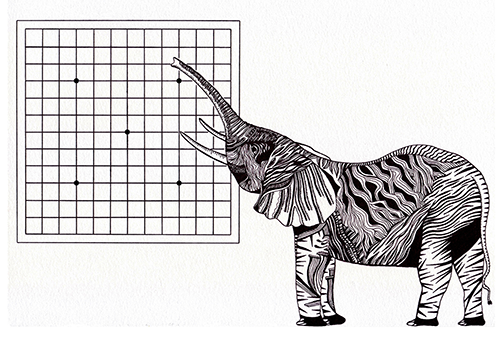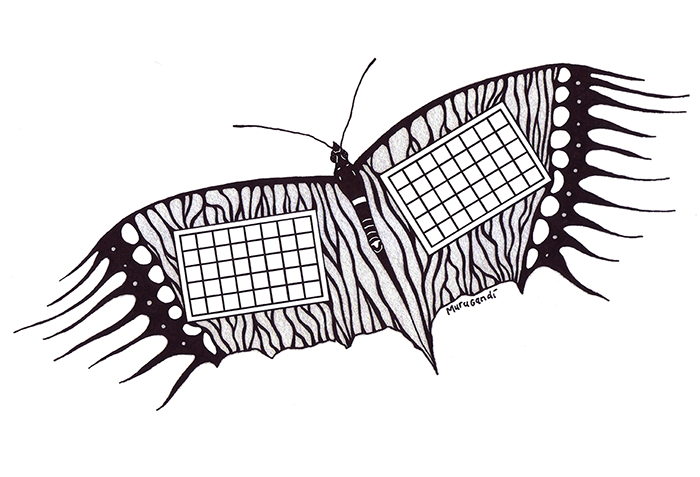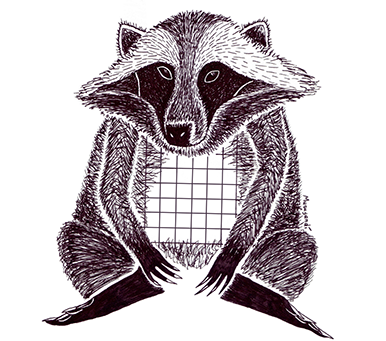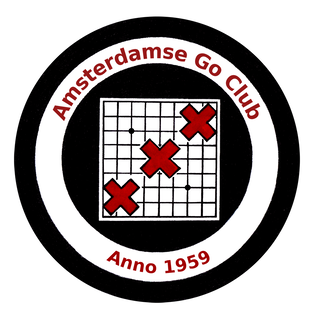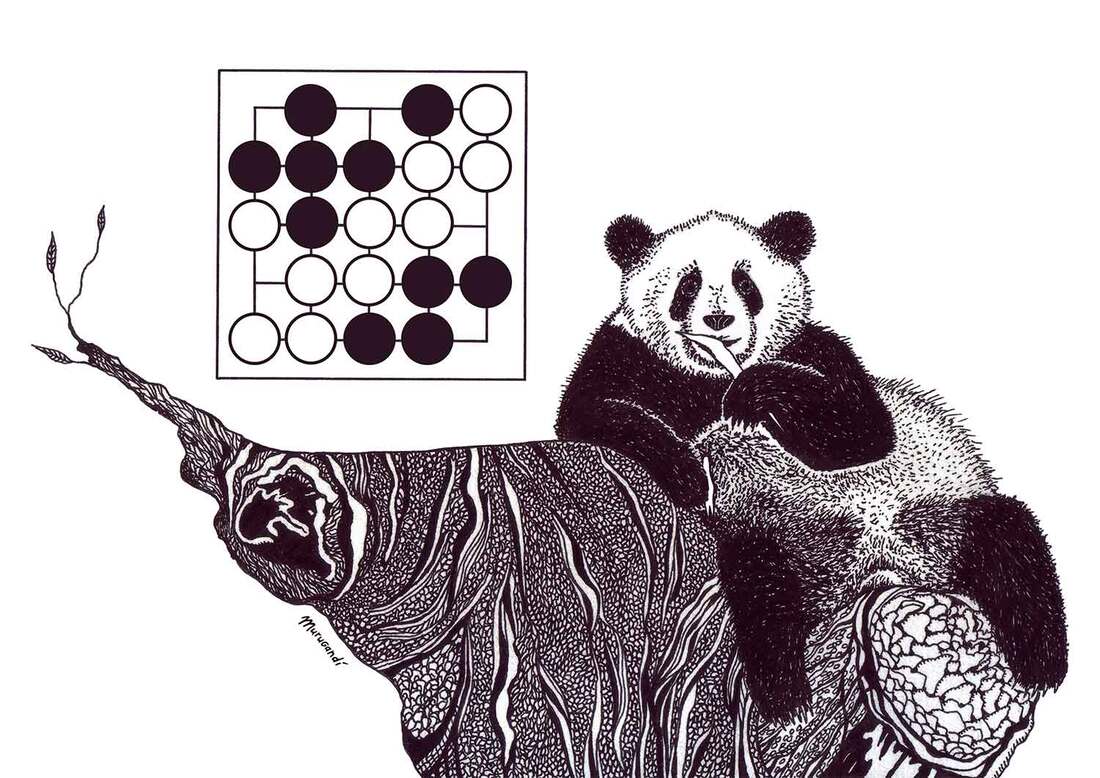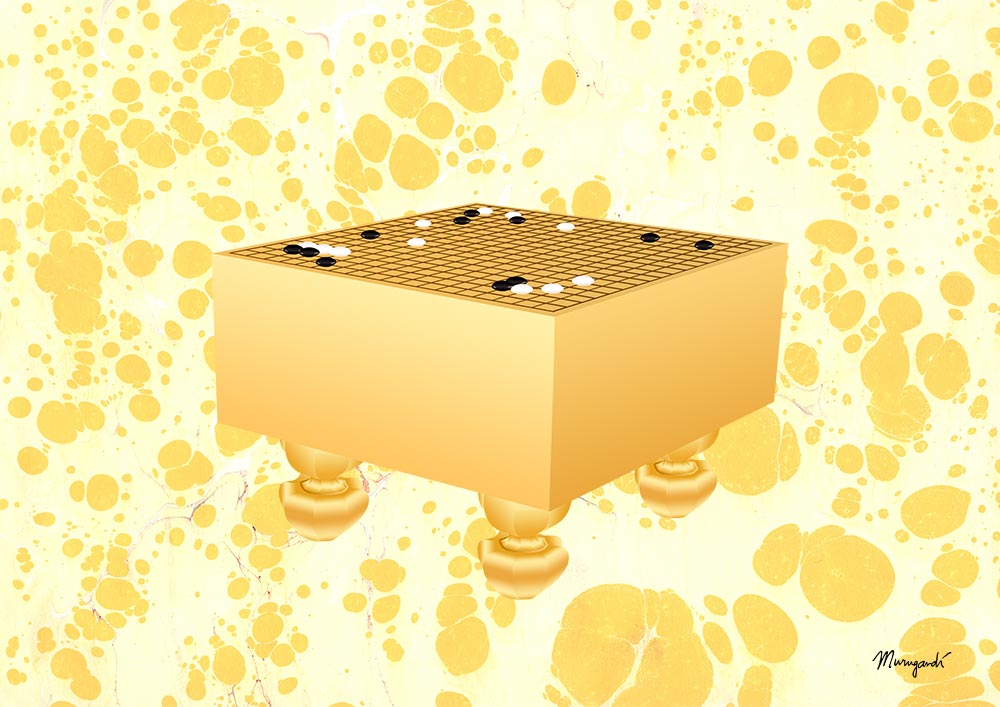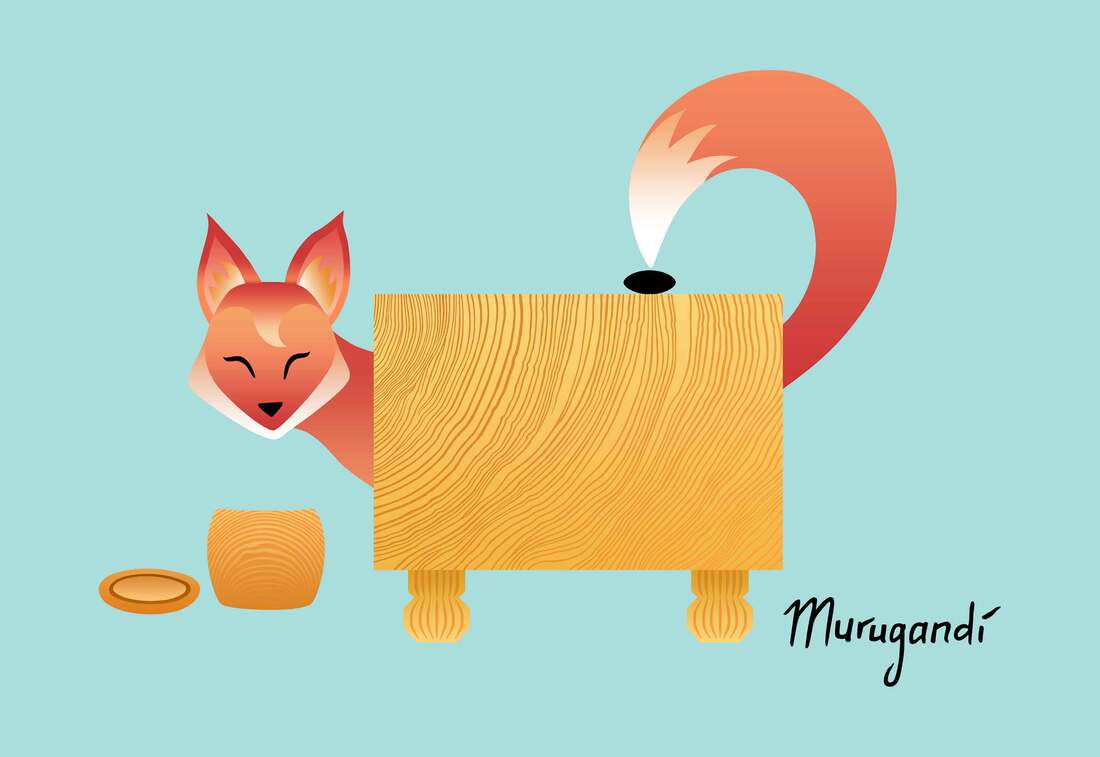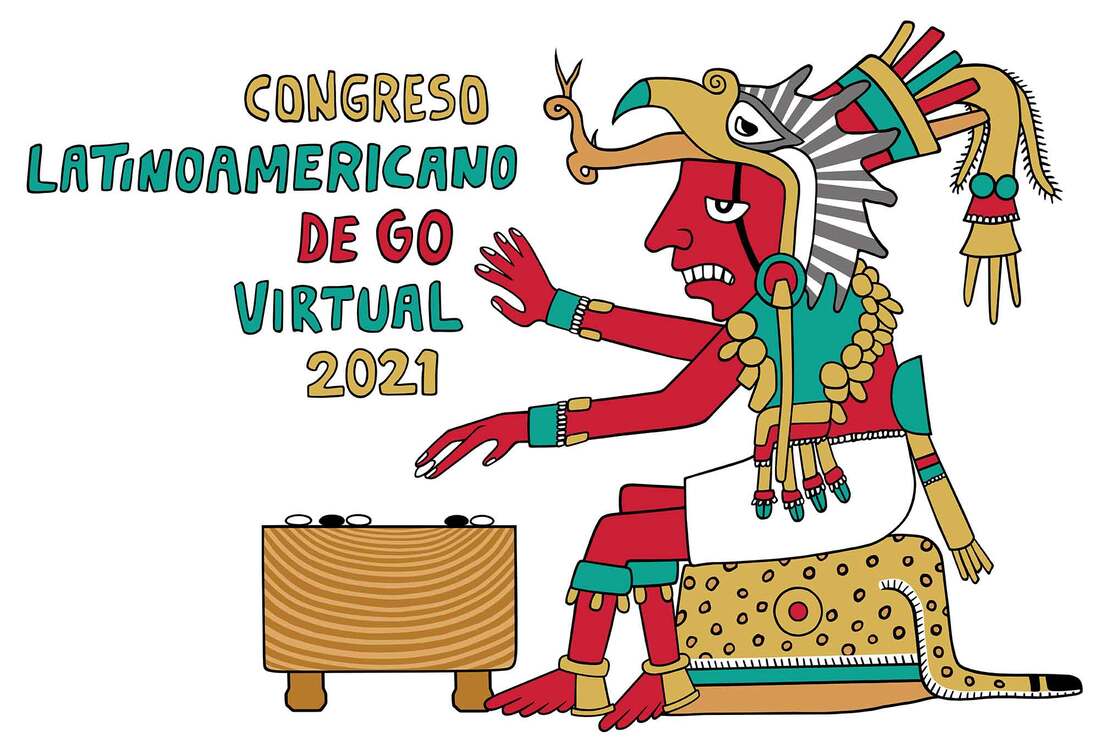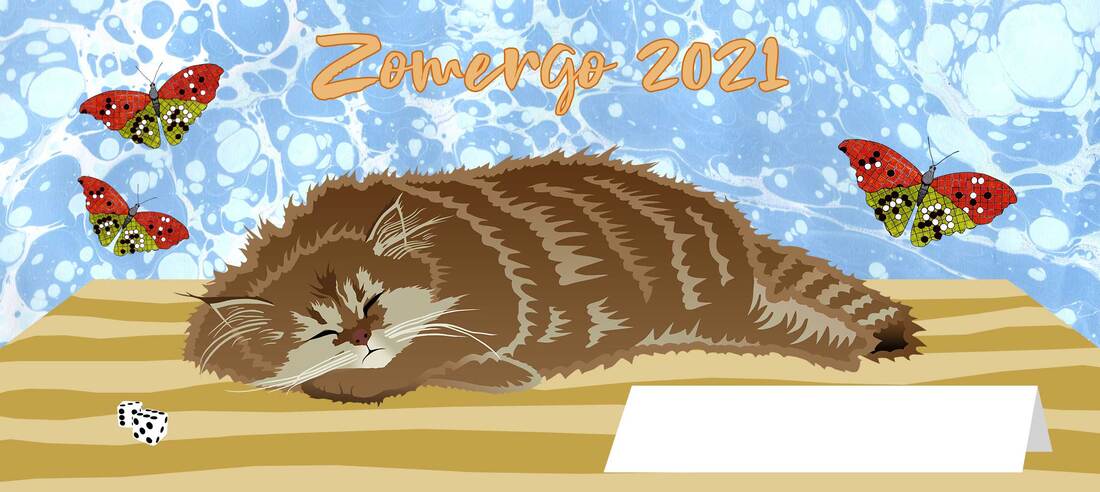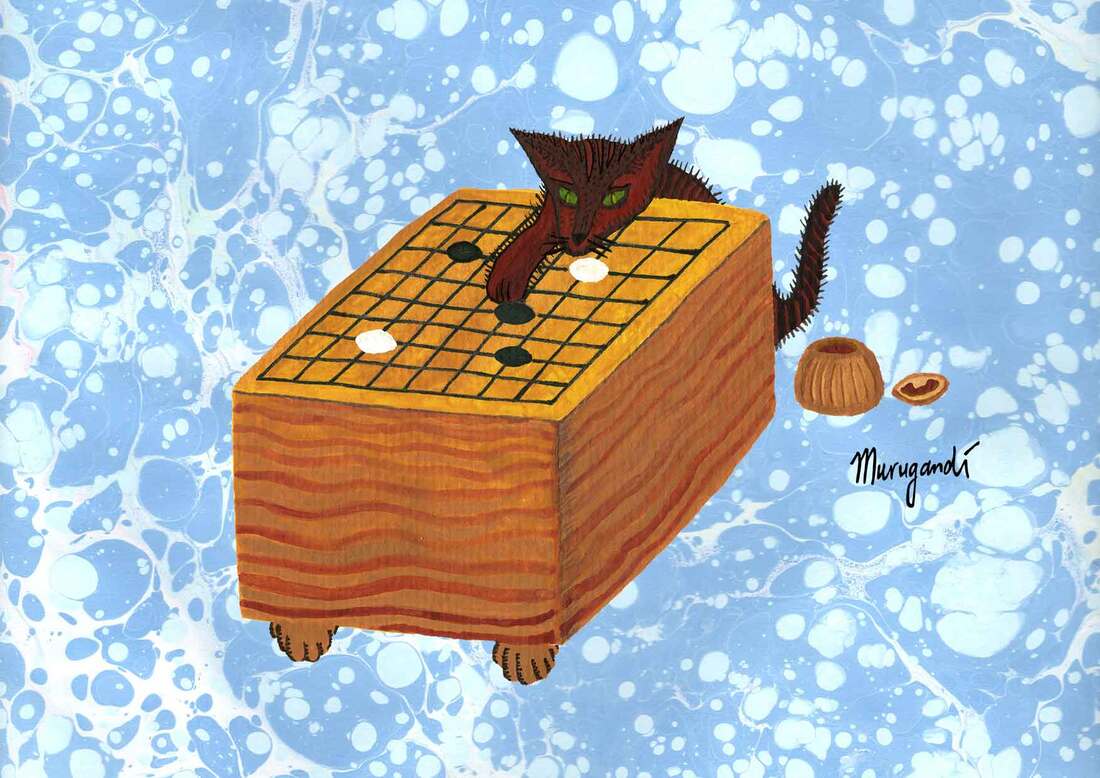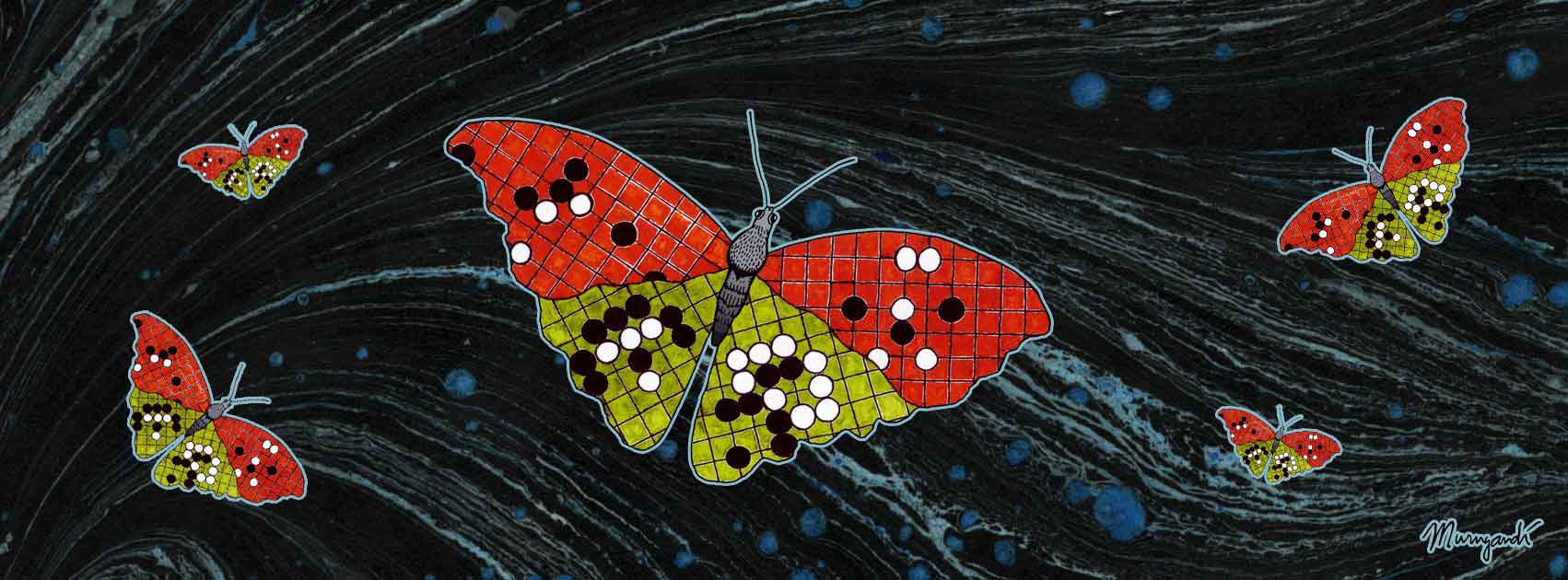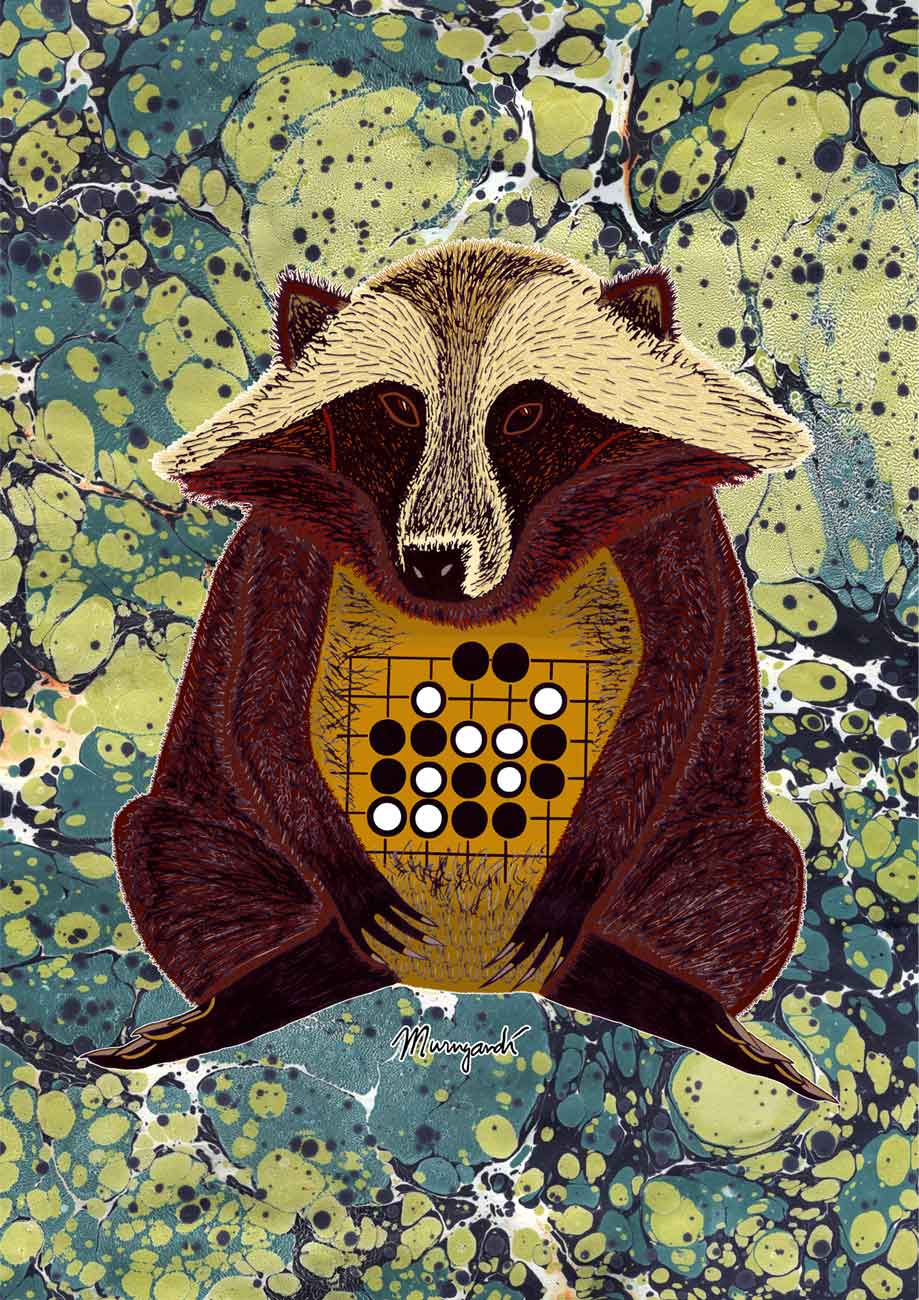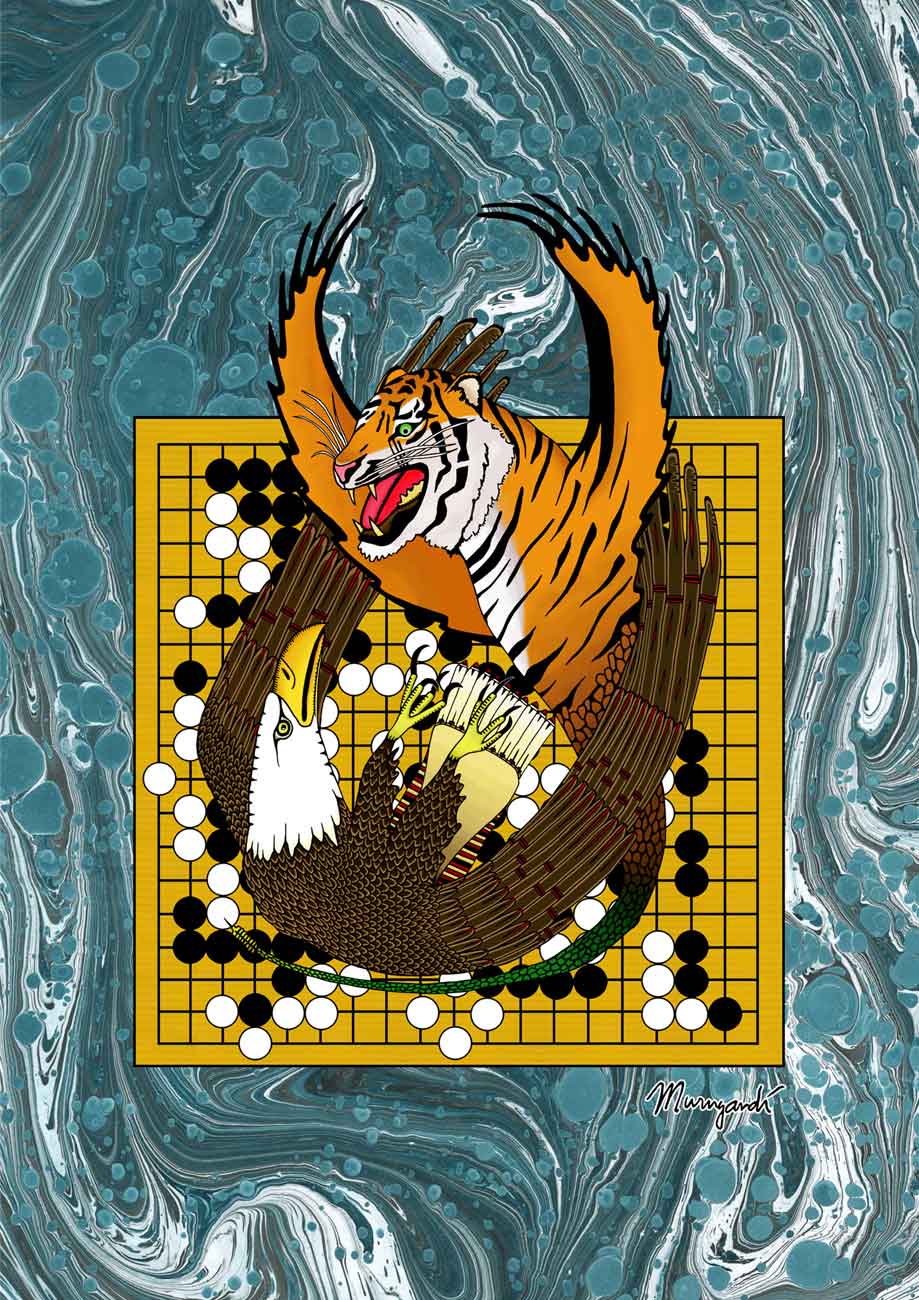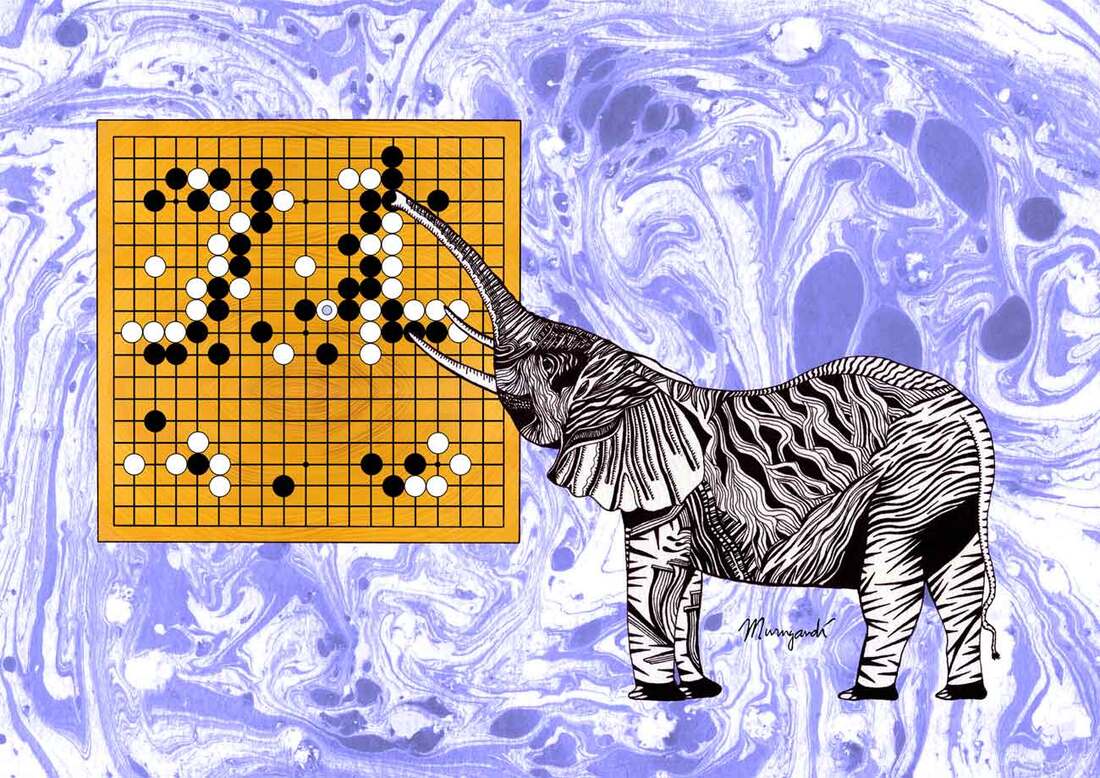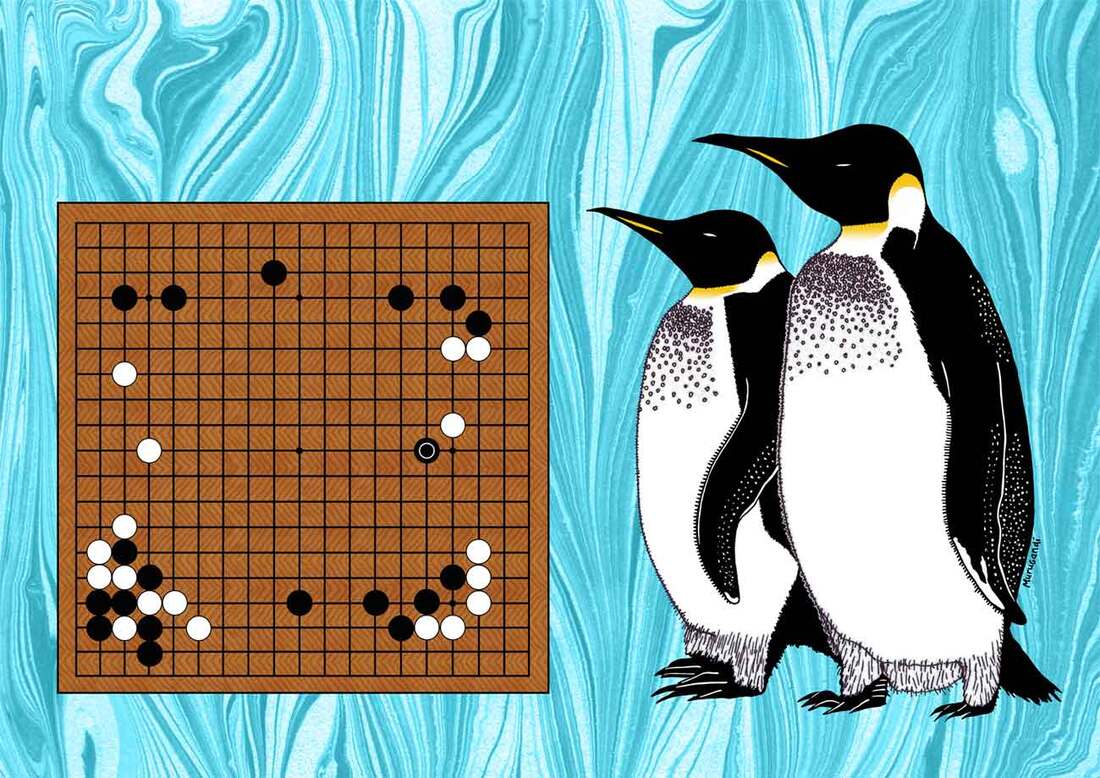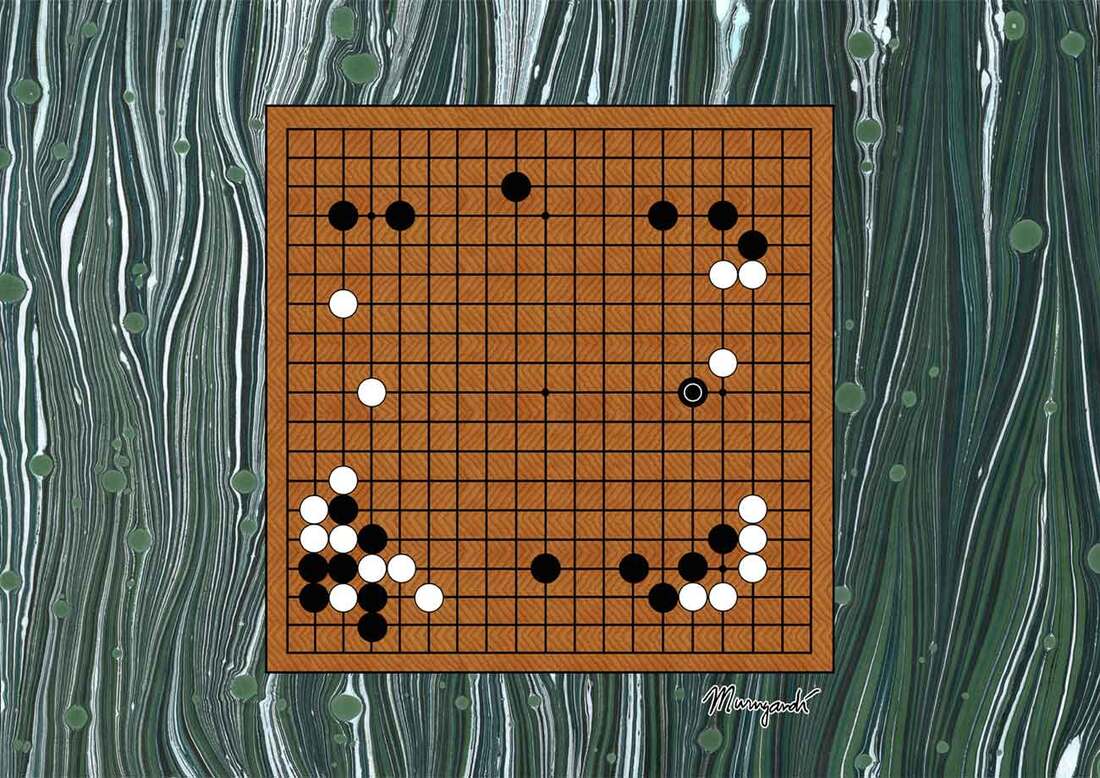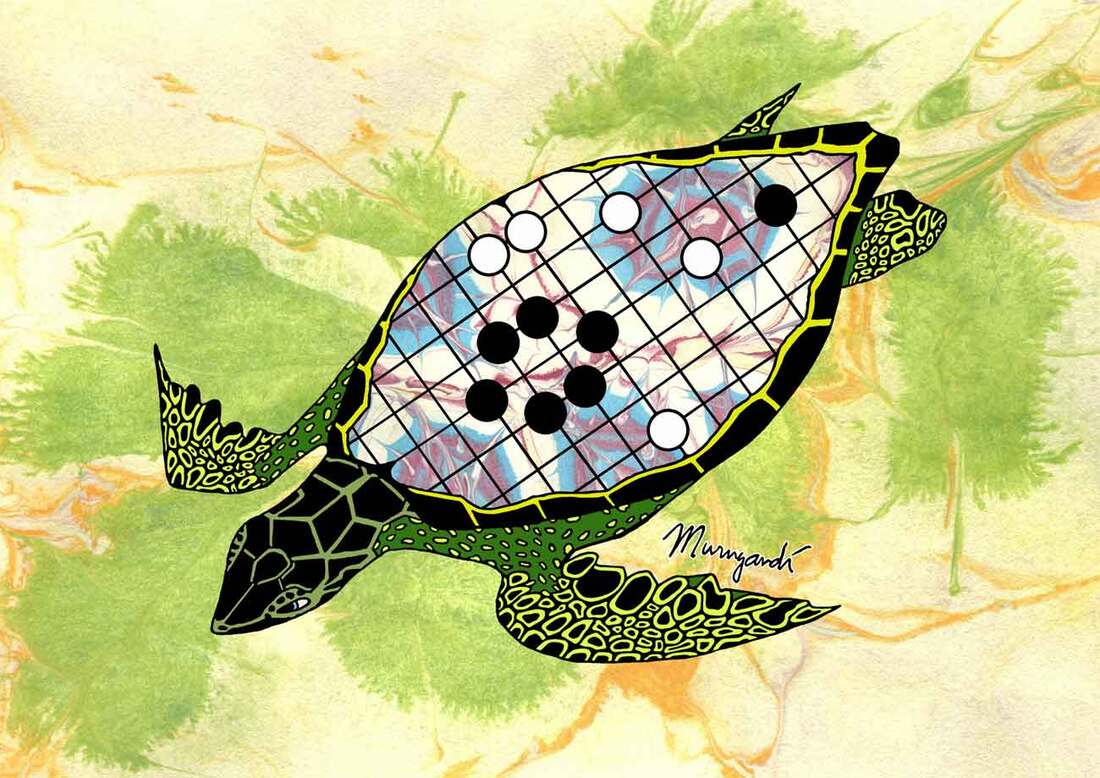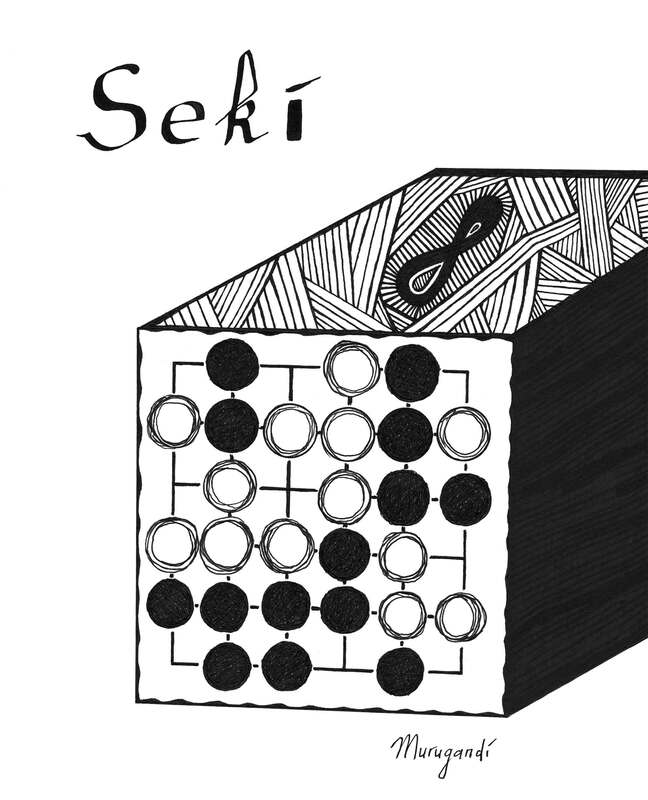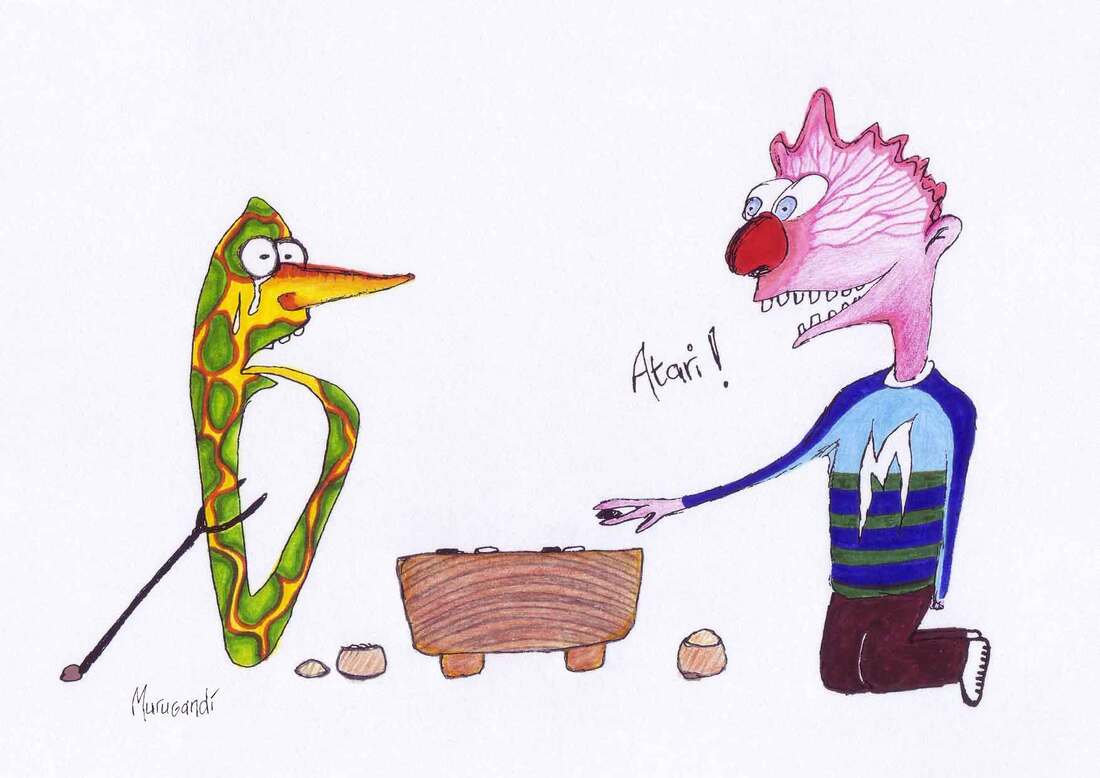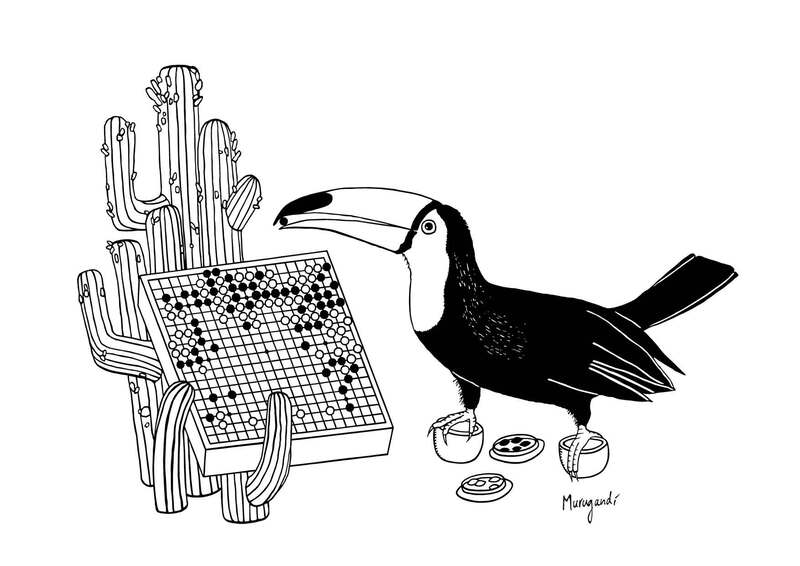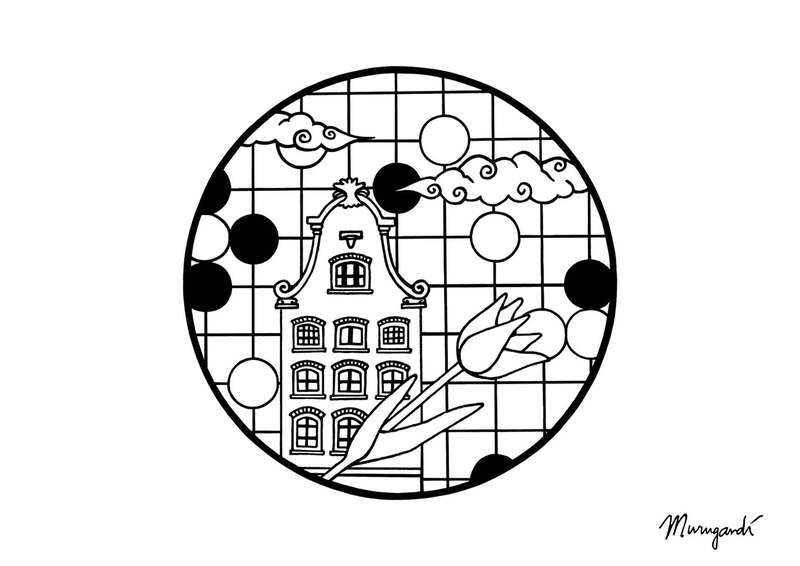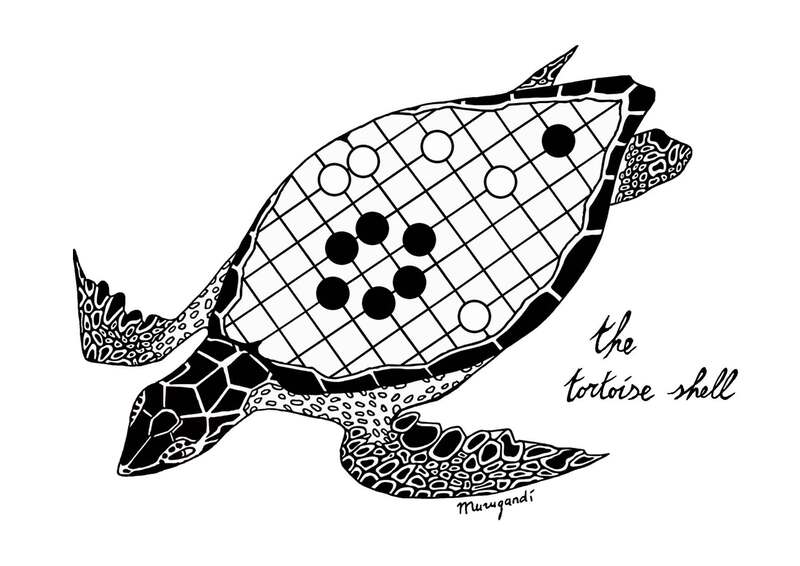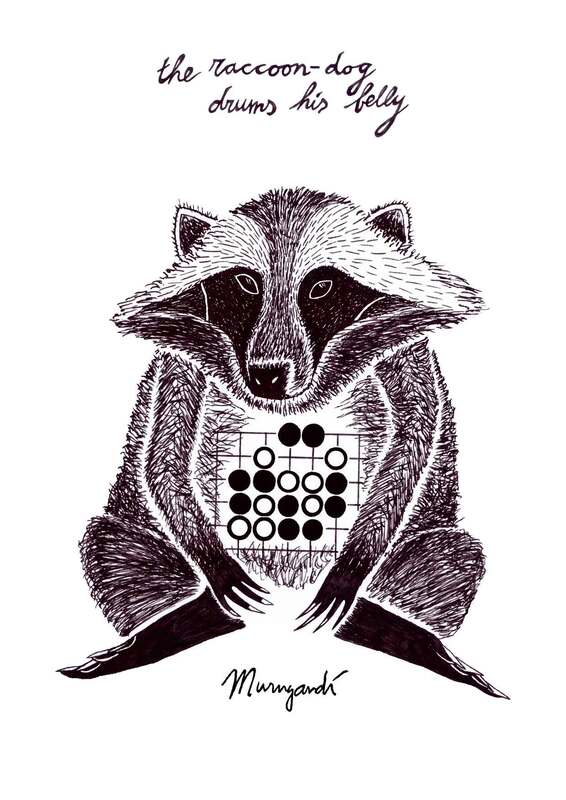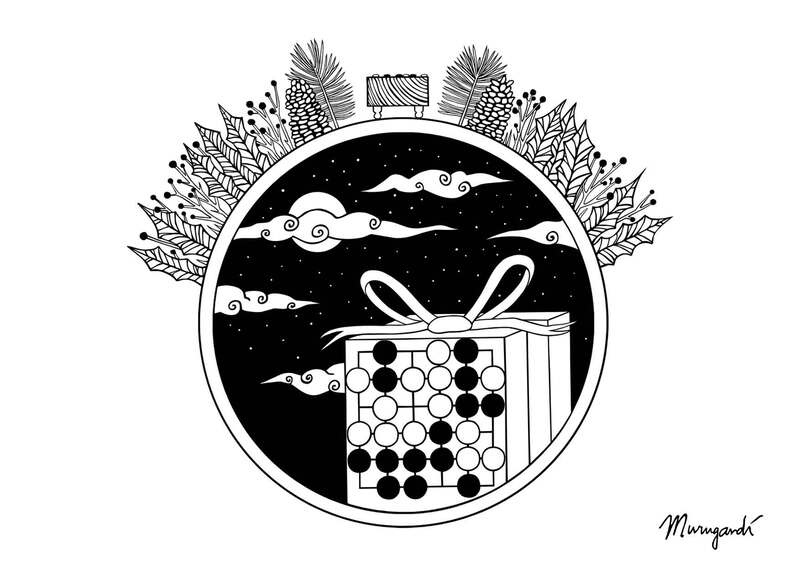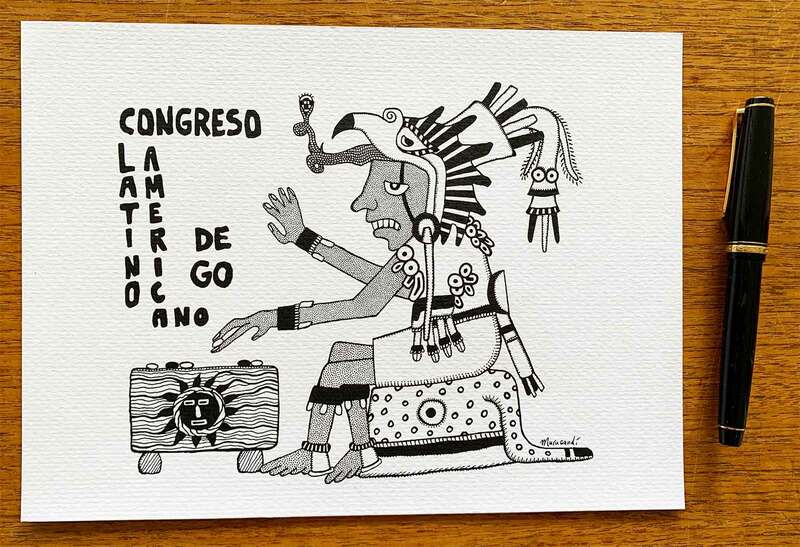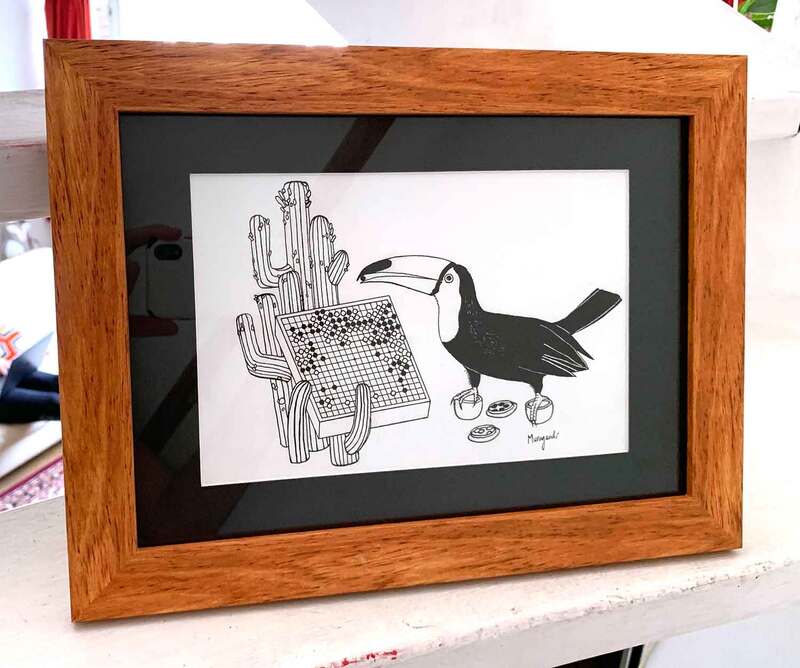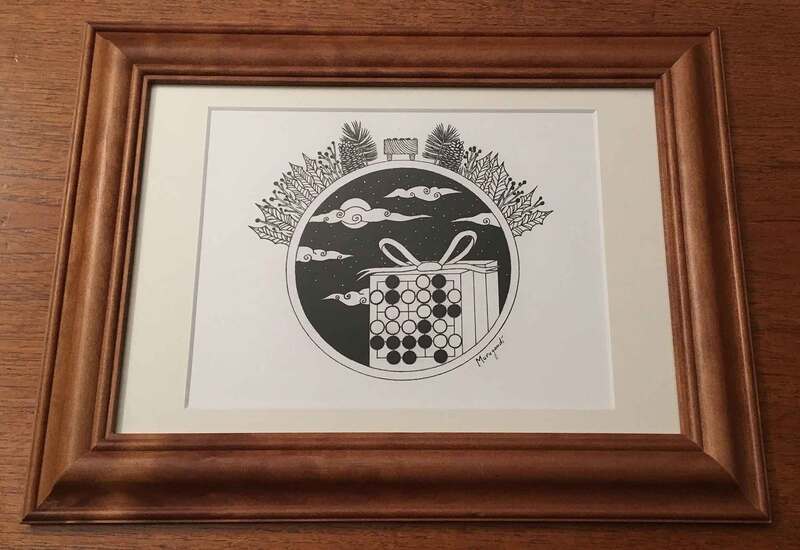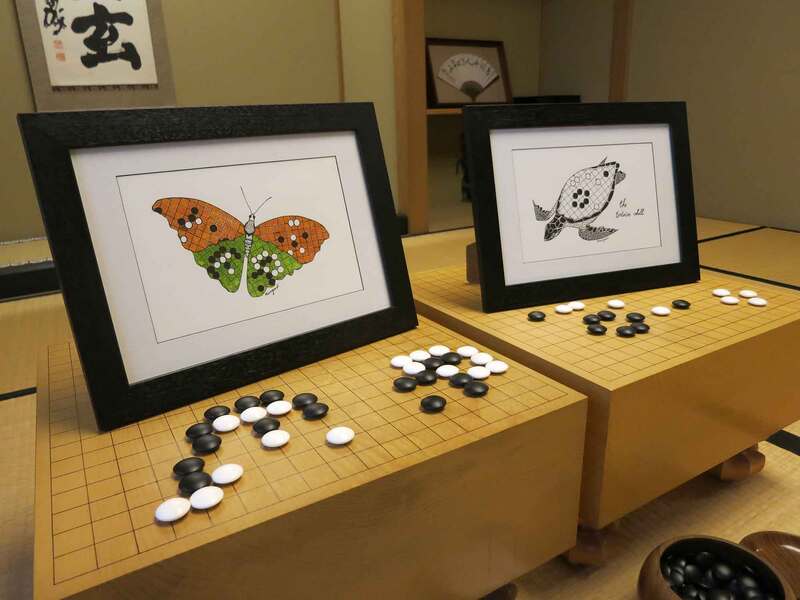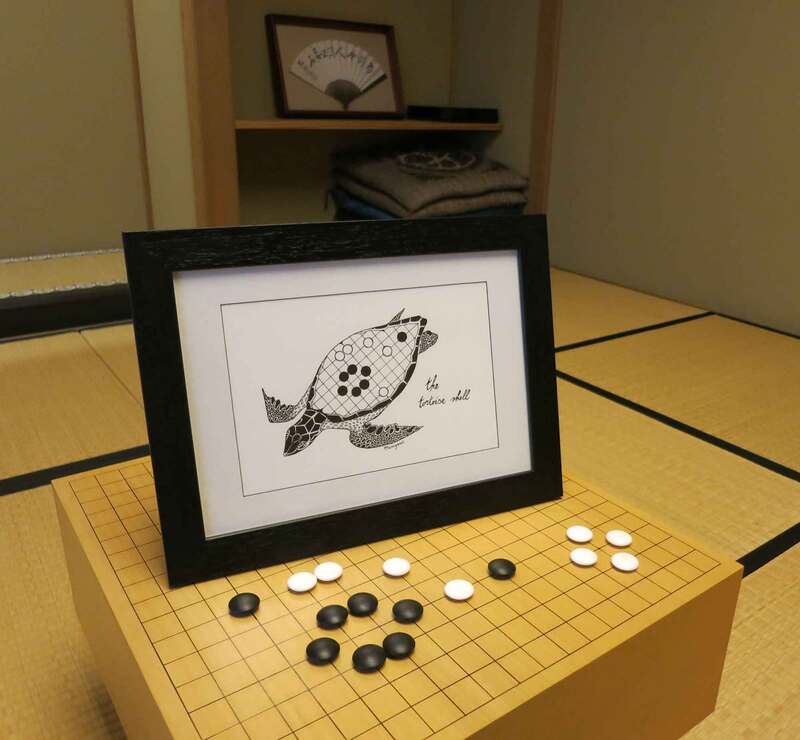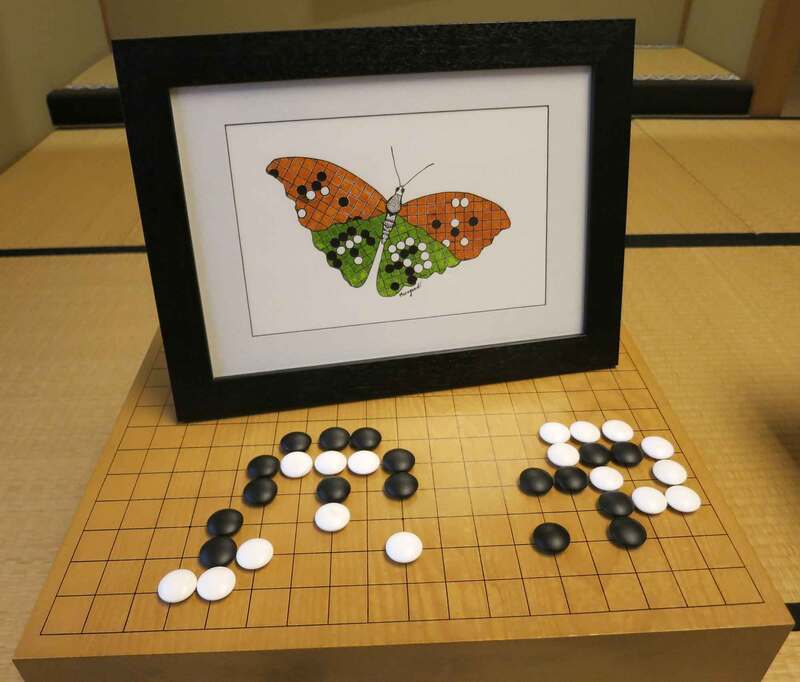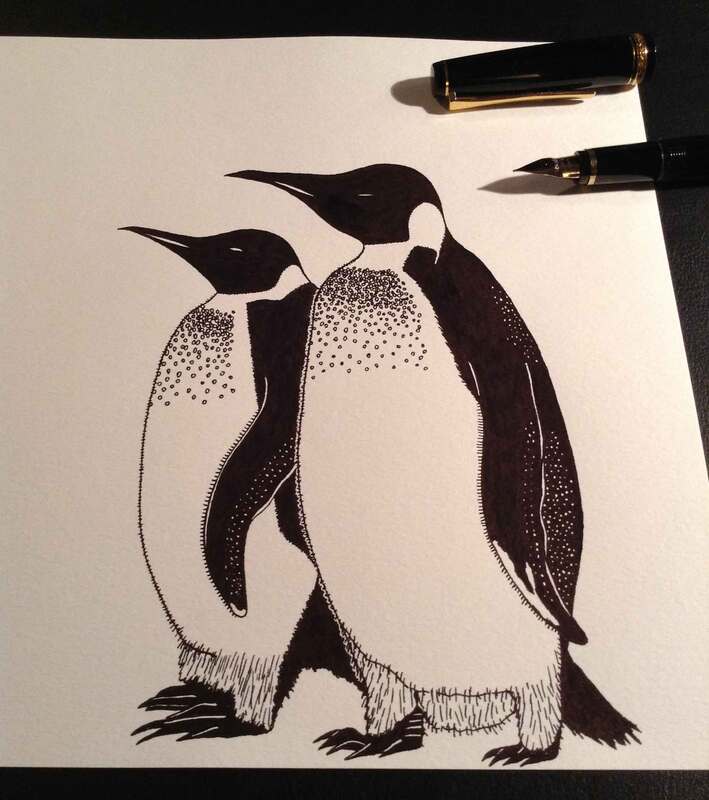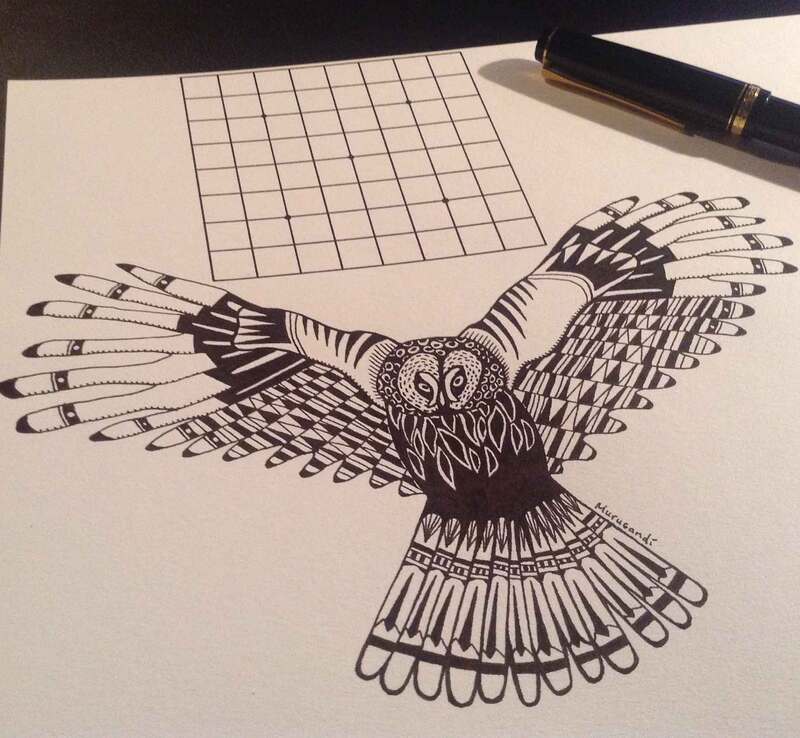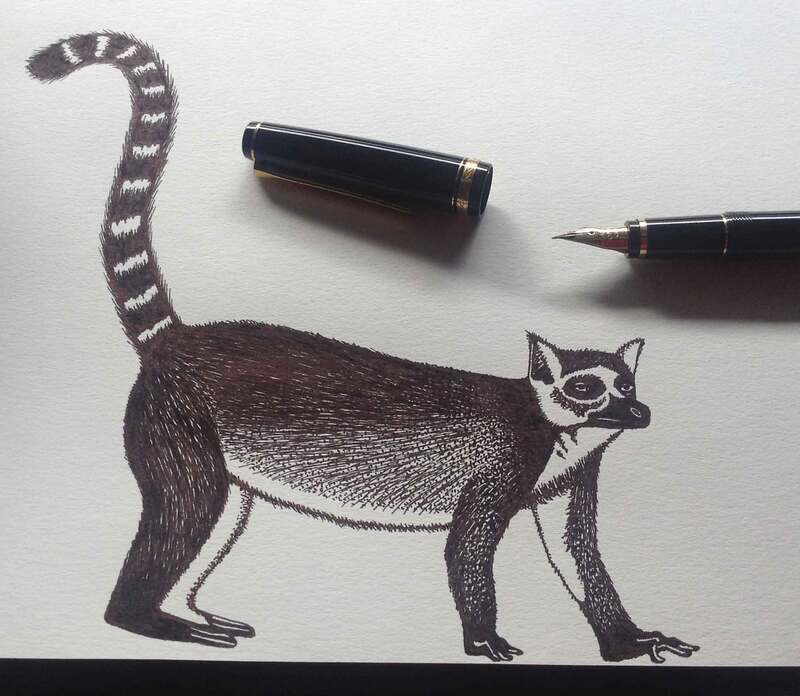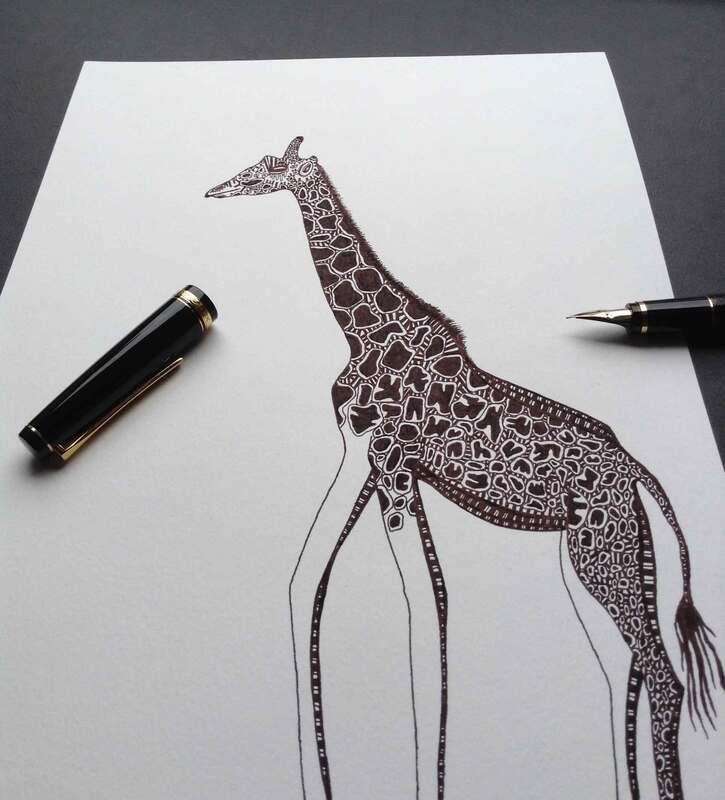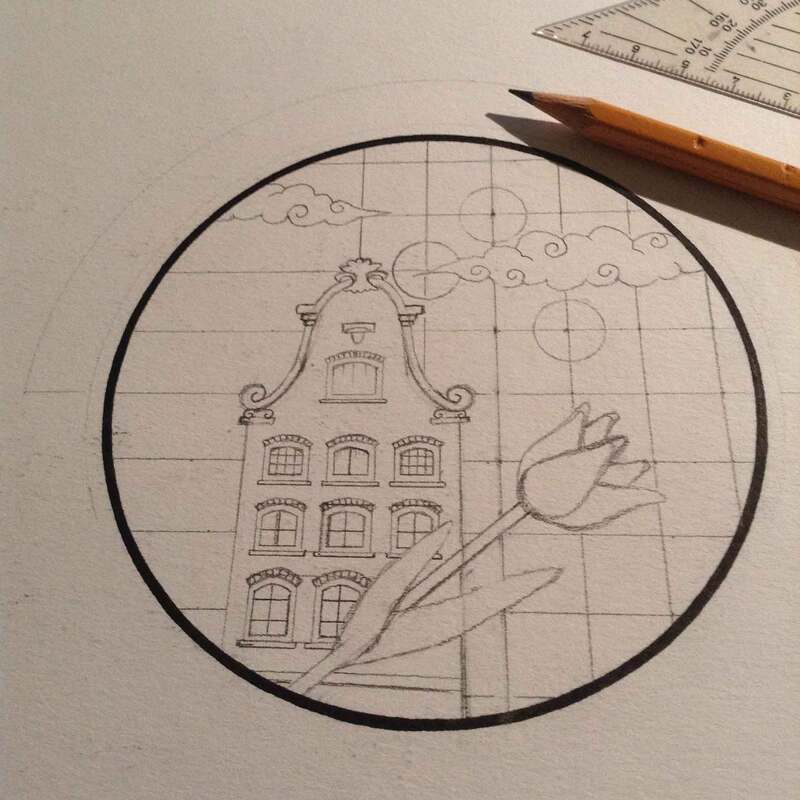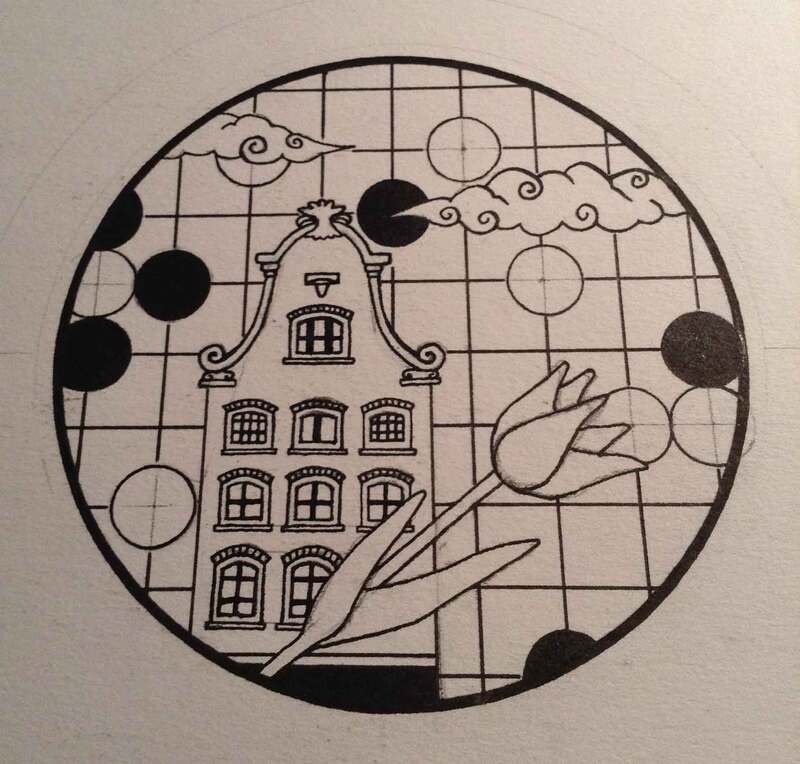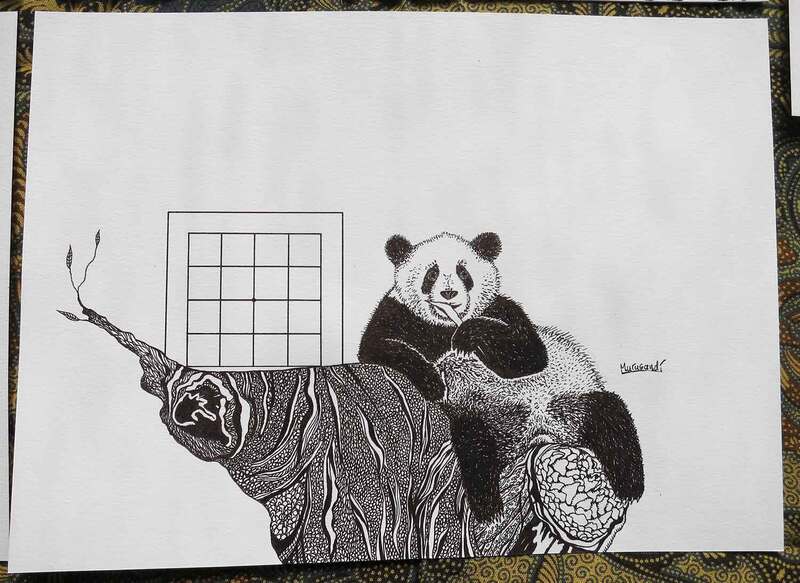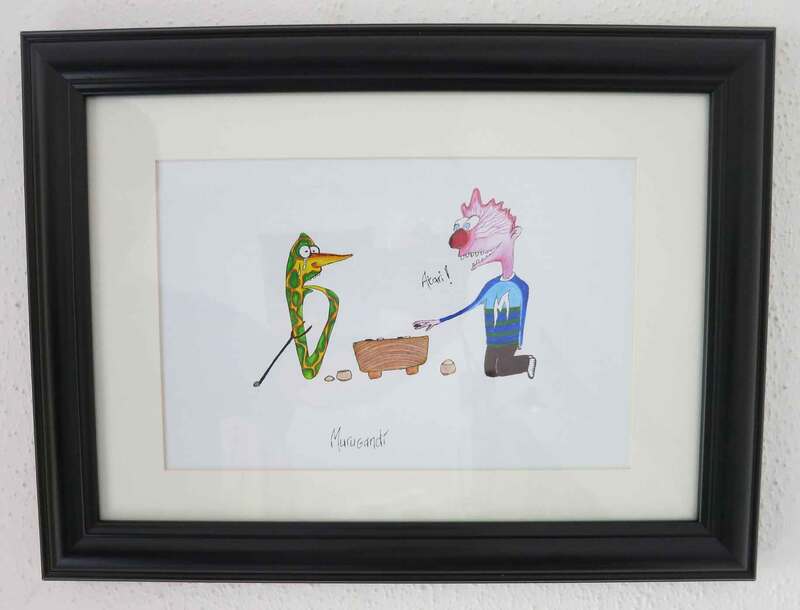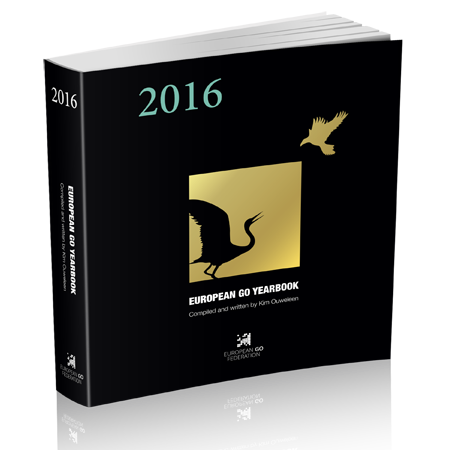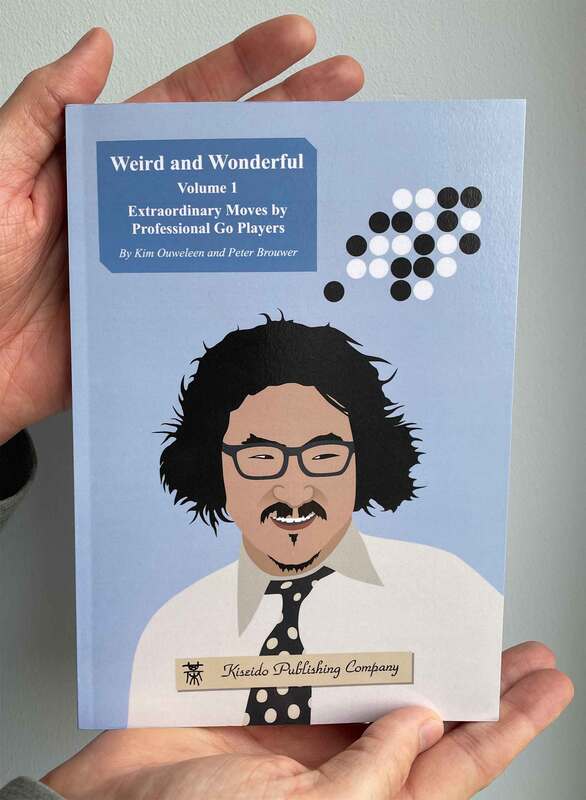THE GAME OF GO
The game of go, also known as weiqi (圍棋) in China, baduk (바둑) in Korea and igo (囲碁) in Japan, is prolific in my art.
I started playing go in 2004 and quickly became hooked. It is amazing how something as small as a board game can have such a big impact on your life: thanks to go I have traveled the world, have been employed in go-related institutions and met my girlfriend. Go also gave me the artist pseudonym Murugandi.
I started playing go in 2004 and quickly became hooked. It is amazing how something as small as a board game can have such a big impact on your life: thanks to go I have traveled the world, have been employed in go-related institutions and met my girlfriend. Go also gave me the artist pseudonym Murugandi.
|
WHAT IS GO?Go is a strategic board game estimated to be 4000 years old. The oldest traces of go point to China as its birth place.
The game is played on a board with lines that cross each other diagonally. There are three versions: a 9x9 board, a 13x13 board and a 19x19 board, the latter being used for official matches. Two players take turns placing black and white stones on the intersections of the lines. By doing so they divide the board in an attempt to surround more territory than the opponent. Go has a small set of rules that implicates a seemingly endless depth of possibilities. |
MY INVOLVEMENT IN THE GO WORLD
As time passed I played more go, participated in tournaments in Europe and Asia and became better at the game.
In 2010 I studied go in Wuhan, China, for three months under professional go player Yan An 7p. After I came back, I quickly reached my current level of 4-dan and became a member of the Dutch team for the Pandanet European Go Team Championships.
I started making go commentary videos in English for EuroGoTV with Harry Weerheijm and this became a well-watched series on YouTube. In 2012 I started BadukMovies with Peter Brouwer, a website for which we made a total of 212 tutorial videos: a new video every week until July 2015. Around the same time I was an employee in Chess and Go shop Het Paard, one of the major go shops in Europe. In 2015-2016 I started writing news articles, first as a European correspondent for the American Go E-Journal and later for the European Go Federation. In 2017 I compiled and wrote the 2016 European Go Yearbook, a compendium of 576 pages on go in Europe in the year 2016. In 2017 I started working for the European Go Cultural Centre in Amstelveen, one of the overseas go centres of the Nihon Ki-in (Japanese Go Association), where I organised international go tournaments and events until the centre closed down in January 2020. In February 2021 I helped Artem Kachanovskyi set up the European Go Journal, for which I was the designer and lead-proofreader until its November edition that year. Currently, I am writing a series of go books for the Kiseido Publishing Company with Peter Brouwer, titled Weird and Wonderful. Volume 1 is subtitled Extraordinary Moves by Professional Go Players and was published in January 2022.
I have been teaching go since 2010, both online and offline, and have had students all over the world. If you are interested in taking lessons, please send me a message.
You can read an interview with me by the European Go Federation here, about the 2016 European Go Yearbook and its writing process.
In 2010 I studied go in Wuhan, China, for three months under professional go player Yan An 7p. After I came back, I quickly reached my current level of 4-dan and became a member of the Dutch team for the Pandanet European Go Team Championships.
I started making go commentary videos in English for EuroGoTV with Harry Weerheijm and this became a well-watched series on YouTube. In 2012 I started BadukMovies with Peter Brouwer, a website for which we made a total of 212 tutorial videos: a new video every week until July 2015. Around the same time I was an employee in Chess and Go shop Het Paard, one of the major go shops in Europe. In 2015-2016 I started writing news articles, first as a European correspondent for the American Go E-Journal and later for the European Go Federation. In 2017 I compiled and wrote the 2016 European Go Yearbook, a compendium of 576 pages on go in Europe in the year 2016. In 2017 I started working for the European Go Cultural Centre in Amstelveen, one of the overseas go centres of the Nihon Ki-in (Japanese Go Association), where I organised international go tournaments and events until the centre closed down in January 2020. In February 2021 I helped Artem Kachanovskyi set up the European Go Journal, for which I was the designer and lead-proofreader until its November edition that year. Currently, I am writing a series of go books for the Kiseido Publishing Company with Peter Brouwer, titled Weird and Wonderful. Volume 1 is subtitled Extraordinary Moves by Professional Go Players and was published in January 2022.
I have been teaching go since 2010, both online and offline, and have had students all over the world. If you are interested in taking lessons, please send me a message.
You can read an interview with me by the European Go Federation here, about the 2016 European Go Yearbook and its writing process.
GO ART
Over the years I have made lots of art that is go-related. Some of it was created spontaneously, inspired by the names of go shapes that refer to animals, but the majority of it is commissioned work. I am grateful to the go community, a tight-knit community of enthusiasts who share their passion for this amazing game, mind sport and art.
My go art has been used as logos of go associations, has been gifted as tournament prizes, has been hung in go schools, has been printed on the covers of go books and more. Below you will find an overview with short descriptions. If you want to know more about the context and background of these works, have a read on the go category of my blog.
Want to support me? All of these artworks are available in my Etsy shop as posters and postcards. If you want me to make a go-inspired logo, drawing, banner, thumbnail, you name it, please send me a message or leave a comment on my blog.
My go art has been used as logos of go associations, has been gifted as tournament prizes, has been hung in go schools, has been printed on the covers of go books and more. Below you will find an overview with short descriptions. If you want to know more about the context and background of these works, have a read on the go category of my blog.
Want to support me? All of these artworks are available in my Etsy shop as posters and postcards. If you want me to make a go-inspired logo, drawing, banner, thumbnail, you name it, please send me a message or leave a comment on my blog.
COMMISSIONED WORK
|
A poster design for the Dutch Open 2023.
The Dutch Open is the largest go tournament of the Netherlands. In 2023 it is held in the city of Leiden from May 19-21, in the Denksportcentrum (mind sport center) at Robijnstraat 4. The artwork depicts a view from the Burcht van Leiden to the Hooglandse kerk, two iconic buildings of the city. We see a traditional go board with 22 moves played out on it. This modern opening pattern is taken from a professional game between Mi Yuting and Ke Jie that was played on February 15th of this year (click here to view the game). The open doors invite us in. |
|
Peter Brouwer and I wrote the book Weird and Wonderful - Volume 1: Extraordinary Moves by Professional Players, released by the Kiseido Publishing Company in December 2021. The book is a collection of highlights from professional games of go, focusing on the bizarre and spectacular. It is available digitally in the SmartGo web store: www.gobooks.com. A paper version can be bought on the website of Kiseido (click here) and that of European distributor Chess & Go shop Het Paard (click here).
I also designed the cover: it features a portrait of Cho Chikun 9-dan, legendary go player of the Nihon Ki-in, who came to Japan from South Korea as a young boy and grew to become one of the best and most exciting players of the country. Cho is well-known for his cheekiness and sharp play on the go-board, and particularly for his ability to make life in confined spaces. The go position above him refers to the book's chapter titled "Double Ladder Breakers that Calmed the Gods". A double ladder breaker is a move that cancels out two ladders simultaneously. It is known in Japanese as 鎮神頭 (Chinshinto), stemming from the Chinese 镇神头 (Zhèn shén tóu). Its Korean name is translated from Japanese to 진신두 (Jin shin-doo). Three professional games that include this rare move are analyzed in the chapter, of which one was played by Cho Chikun 9-dan against Kobayashi Satoru 9-dan for the 20th Kisei title match in January 1996. |
|
Artem Kachanovskyi commissioned me to make a logo for the European Go Journal in May 2021. The European Go Journal is a monthly magazine that gathers news and game commentaries from Europe and Asia. The journal was born in February 2021 and is officially supported by the European Go Federation.
The quill in the logo represents the written word. It draws one of the lines of the go board, symbolizing the creativity and inspiration we take away from the journal, ready to be used in our own games of go. |
|
|
From February to October 2021 I worked with Artem Kachanovskyi 2p on the European Go Journal, a monthly magazine about go. The journal features news from Europe and Asia as well as game commentaries, interviews and a chapter about Art & Photography.
I proofread the magazine as well and created the covers for each edition. For the covers that I designed my goal was to use go-related art from as many different artists as possible:
|
|
One of my Etsy customers in 2021, William Sheehan, was happy with his order and subsequently asked me to do a private commission for him. William started a new go club in Chicago called the Midway Go Club. The club is named after the Midway International Airport, thanks to its proximity to the airport. The logo I made makes reference to that and incorporates the typical blue color and the red stars of the Chicago flag. In the background we see the Chicago skyline. The go position resembles the tarmac of the airport and emphasizes the movement of the plane: the ladder on the go board is good for White and with his next move White will break free, just like the plane that is taking off.
|
|
|
The Dutch Go Association (NGoB) asked me to make a series of six black and white portraits for "De Kunst van Go" (The Art of Go), a book for beginners that they published in October 2020. The portraits of these go players are accompanied by short stories about the individuals. Some of them are fictional characters and others are real people. The pictures and stories take you through the different ages of go players.
|
|
Created for the 3rd Latin American Go Congress that took place from 10-13 October 2019 in the Nihon Ki-in da América do Sul in São Paulo. I printed, hand-cut and shipped 1000 postcards to Brazil for the occasion.
In this design the toucan, a bird species indigenous to large parts of South America, is taking the place of legendary go player Honinbo Shusaku. The go position in the artwork refers to one of the most famous go matches ever played, known as "The Ear Reddening Game". The game is at its most vital stage and the toucan is about to play a move that went down in history. Reportedly, when Shusaku played move 127, it mentally shook his opponent, Gennan Inseki, so much so that it made his ears turn red. |
|
|
I have created covers for the yearbooks of the Dutch Go Association (Nederlandse Go Bond) since the 2014-2015 edition. My artwork was also featured on the cover of two editions of the Deutsche Go-Zeitung (volume 1 of 2015 and volume 2 of 2019). More information on these designs can be found below.
|
|
Christmas design for the American Go Association, created in winter 2017 and titled "Shared Life on the Goban". The drawing shows a 6x6 whole-board seki. Seki (セキ) is the Japanese term for a local stalemate position of 'shared life' in which neither player can approach the other's stones. If either player would try to capture the other, they would end up being captured themselves. This artwork is an ode to the go community and illustrates the idea that go players share their lives on the go board.
The black and white version of this design was printed on Christmas cards that were sent out to AGA members in winter 2018. |
|
Logo for the annual Amsterdam International Go Tournament, created in 2016. Commissioned by the European Go Cultural Centre and Nederlandse Go Bond. The design incorporates two typical elements from the Netherlands and its capital Amsterdam: a tulip and a canal house.
|
|
Logo for the European Youth Go Championships in Zandvoort in 2015. The patterns on the wings of the butterfly show several tesuji shapes, such as the crane's nest and a snapback.
|
|
|
For BadukTV, a Korean television channel that broadcasts the game of go 24/7, I made a series of 10 animal illustrations in 2015. The go boards were to be specific shapes: 9x6, 13x13, 9x13, 9x9, 5x5, 13x13, 13x9 and 9x5. The plan for these drawings was to use them on promotional material for kids in Korea. BadukTV requested empty go boards, because they planned on filling them with go shapes themselves.
Three of these ten drawings were alterations of artwork I had made in the past: the turtle, the swordfish and the raccoon-dog. The other seven drawings were made specifically for this project. Unfortunately this project was left on the shelf by BadukTV and the rights for the usage of the drawings came back to me. |
UNCOMMISSIONED WORK
|
A panda munches on some delicious bamboo leaves. Behind it, a 5 by 5 go board showcases a go position I thought up: a double ko that can never be resolved by either player sets up a seki on the entire board. Seki (セキ) is the Japanese term for a local stalemate position of 'shared life': neither black nor white can take away liberties of the other's group(s), resulting in a truce.
|
|
I used marbled papers that I made in 2023 to create a new go-related artwork. It features the goban from my poster design for the Dutch Open and depicts a match that was played between top Chinese professionals Mi Yuting 9-dan (芈昱廷) and Ke Jie 9-dan (柯洁) on the 15th of February 2023.
Available in my Etsy shop: click here and here. And in my Spreadshirt shop as T-shirts, other clothing and household items: click here. |
|
In winter 2021, the Chinese Weiqi Association organised an art competition for their social media pages called Little Fox Weiqi.
Inspired by the original logo of Little Fox Weiqi, I made an illustration in the same style, omitting my usual black outlines. This design is titled "Cheeky Little Fox": the fox peeks at us from behind a beautiful wooden go board, smiling happily while simultaneously placing a go stone on the board with its tail. |
|
For the logo competition of the Congreso Latinoamericano de Go Virtual 2021, I created a design that refers to ancient Mesoamerican civilizations and their art, such as the Incas, Mayans, Aztecs, Olmecs and Mixtecs. Both the figure and the color palette are heavily inspired on Mixtec drawings. The figure wears eagle headgear similar to that of the Aztec eagle warriors. He is seated on a stool covered with a jaguar hide. Both the eagle and the jaguar were symbols of power and divinity in ancient Mesoamerica.
|
|
A design for the 2021 edition of Zomergo, a go camp in the Netherlands that takes place in August every year. Although the game of go is the common denominator of the participants, lots of other board games are played during this event.
Each year people can send in their designs. The winning design will be printed on mugs for the participants of the event. Every person will have their own name on their mug. The white paper sign in my drawing is meant to write those names on. |
|
A go-playing cat, created in May 2020. Titled "Sniffing the Third Line" by suggestion on Facebook. I drew this for a giveaway on social media to celebrate having almost 800 followers on my Facebook page and because I wanted to do something to lighten the mood during the covid-19 crisis. Anybody had a chance to participate in the raffle by commenting on my posts on Facebook and Instagram. The original, made with watercolour on a white paper background, was won by Maja Brouwer.
A mug with this popular design is for sale in my Etsy shop. |
|
Made in February 2020. This go design incorporates a fascinating 9x9 endgame problem that I found on the social media of BIBA (Blackie's International Baduk Academy), a go school in Seoul. The head masters of the school, Diana Koszegi and Seungjun Kim, kindly gave me permission to use their go problem in my art.
Komi for White is 0.5. It is Black to play and win by half a point! Want to know the solution? You can download the sgf-file here. |
|
"Tsumego: black to play and live". The ring-tailed lemur walks by unimpressed. Made in December 2019.
Have a look here if you want to know the solution. |
|
Banner for the Facebook page of children's go club De Vlinder ("The Butterfly").
|
|
Titled "The Raccoon-Dog Drums His Belly".
This artwork is inspired on a beautiful tesuji combination of two stones played on the first line, capturing the opponent's stones. In Japanese this go shape is called タヌキの腹鼓 (tanuki no hara tsuzumi). |
|
Titled "Fighting Spirit".
Kiai! Originally a spontaneous illustration to the French book "Les Chants de Maldoror" written by Le Comte de Lautréamont (1868). One of my favorite books. In the book the main character Maldoror takes on the form of a giant eagle to fight God, who is half dragon-tiger, half serpent. The board position is from a game from the 18th century between legendary go player Fan Xiping (black) and Liang Weijin (white), known as "nailing down the guoshou title". |
|
Titled "The Divine Move".
The elephant is admiring Lee Sedol's famous move 78 that made AlphaGo go on tilt in game four of their best-of-five match in 2016. Lee Sedol lost the match to the computer program by 4 games to 1, making AlphaGo the first computer to defeat a top-level professional in the history of go. This spectacular wedging move by Sedol resulted in the only won game for the Korean and became a symbolic victory for humankind. |
|
Titled "Shoulder Hit on the Fifth Line".
These penguins are witnessing move 37 played by computer program AlphaGo in game 2 against Lee Sedol. Shoulder hits are often played on the fourth line, sometimes on the third line, but rarely on the fifth. At the time of play, many professionals regarded this move as a clear mistake by the computer. Once the game progressed, however, the move turned out to be brilliant, utilizing all of Black's potential and creating a sphere of influence towards the centre of the board. This move was one of the first unfathomable computer innovations in the game of go and in retrospect signified a revolution in modern opening theory. |
|
Titled "The Tortoise Shell". A pun on the name for one of the strongest shapes in go called 亀の甲 (the tortoise shell) in Japanese. Known in Korean and Chinese by the same name as 거북등 and 龟甲, respectively. This shape is a giant ponnuki of sorts, said to be worth 60 points. We are looking at a tortoise shell on a tortoise shell!
This is one of my most popular go designs. A fan even had it tattooed on his arm! |
|
A 6x6 whole-board seki that I came up with when I was making a Christmas design for the American Go Association.
For this design I was inspired by Japanese puzzle boxes that are made in Hakone and the geometric patterns in their wooden surface. Essentially, this is a concept drawing for a puzzle box that includes a go position. How cool would it be if you had to solve a go position before you could open a puzzle box? Seki (セキ) is the Japanese term for a local stalemate position of 'shared life' in which neither player can approach the other's stones. If either player would try to capture the other, they would end up being captured themselves. |
|
|
Early black and white versions of drawings that were coloured at a later stage.
|
ORIGINALS
These are photos of some of the originals of my go artworks, made with pen on paper. Many of these originals were scanned and digitally altered, resulting in some of the artworks shown above. Most of these originals have been sold, with the exception of the penguins, owl, ring-tailed lemur, giraffe and panda. If you are interested in buying an original go drawing from me, or commissioning one, please send me a message.
GO BOOKS
These are the go books I've written:
- 2016 European Go Yearbook.
Published in 2017 by the European Go Federation.
Click here to purchase it. You can read an interview with me about the 2016 European Go Yearbook by clicking here. - Weird and Wonderful - Volume 1: Extraordinary Moves by Professional Go Players.
Co-written with Peter Brouwer. Published in 2021 by the Kiseido Publishing Company.
Click here to purchase it. Or if you prefer it as an e-pub, you can find it on gobooks.com.
